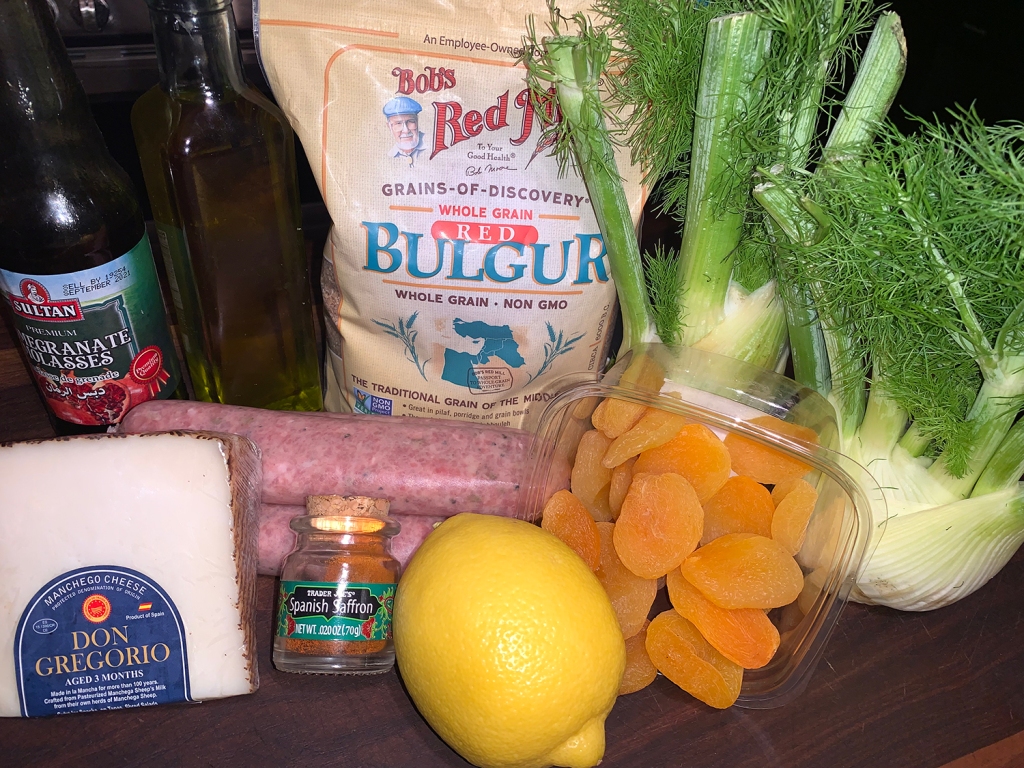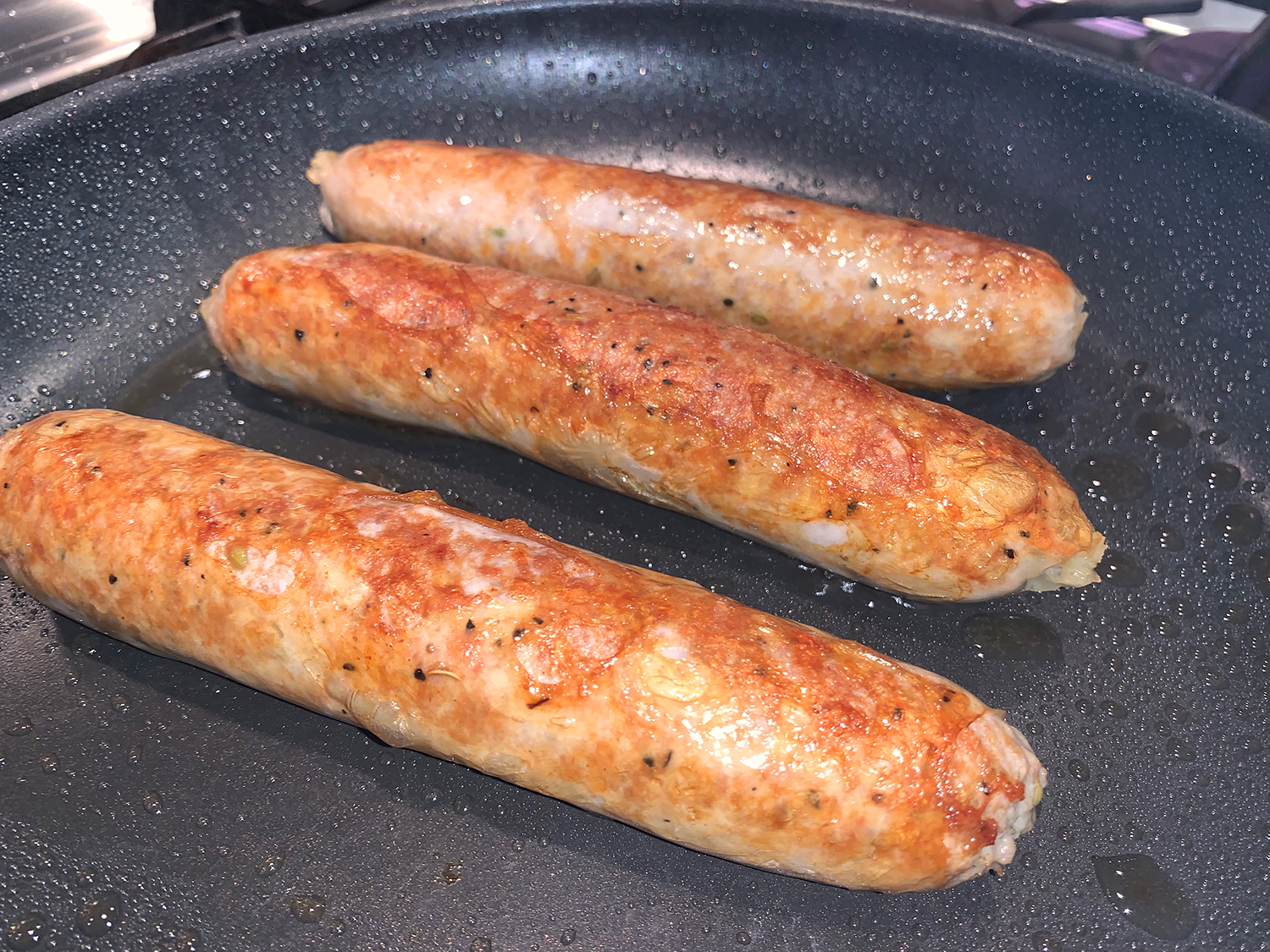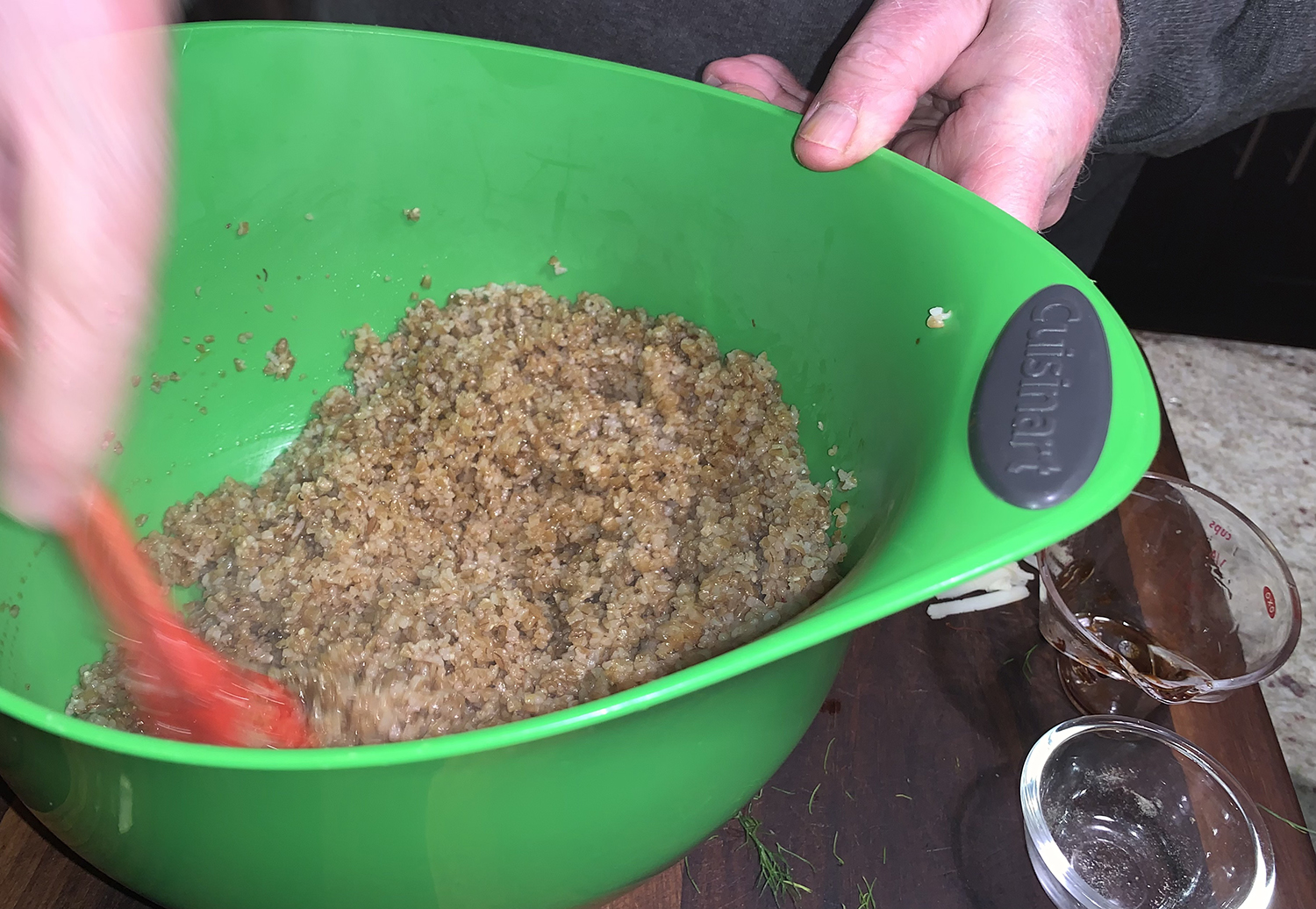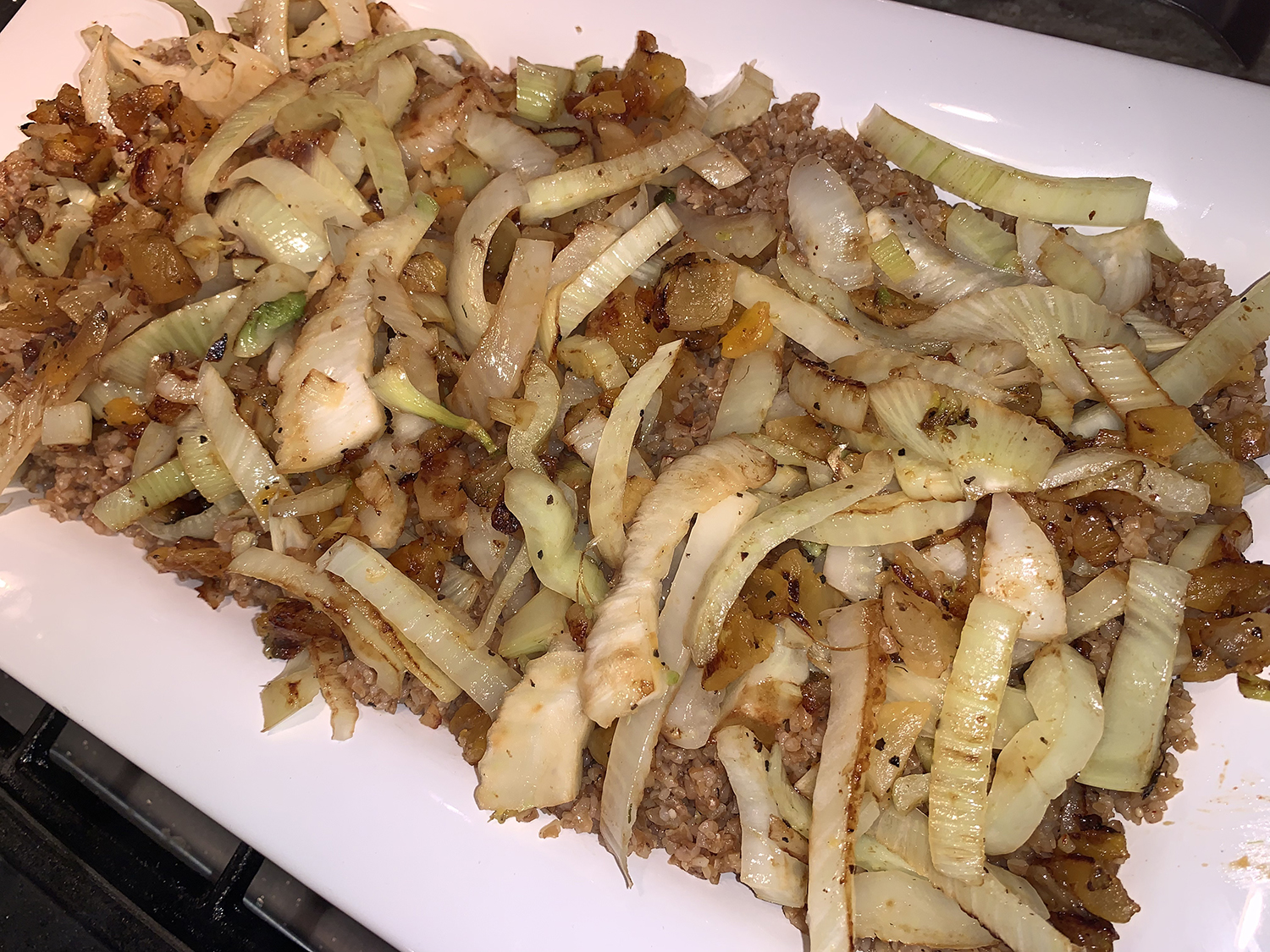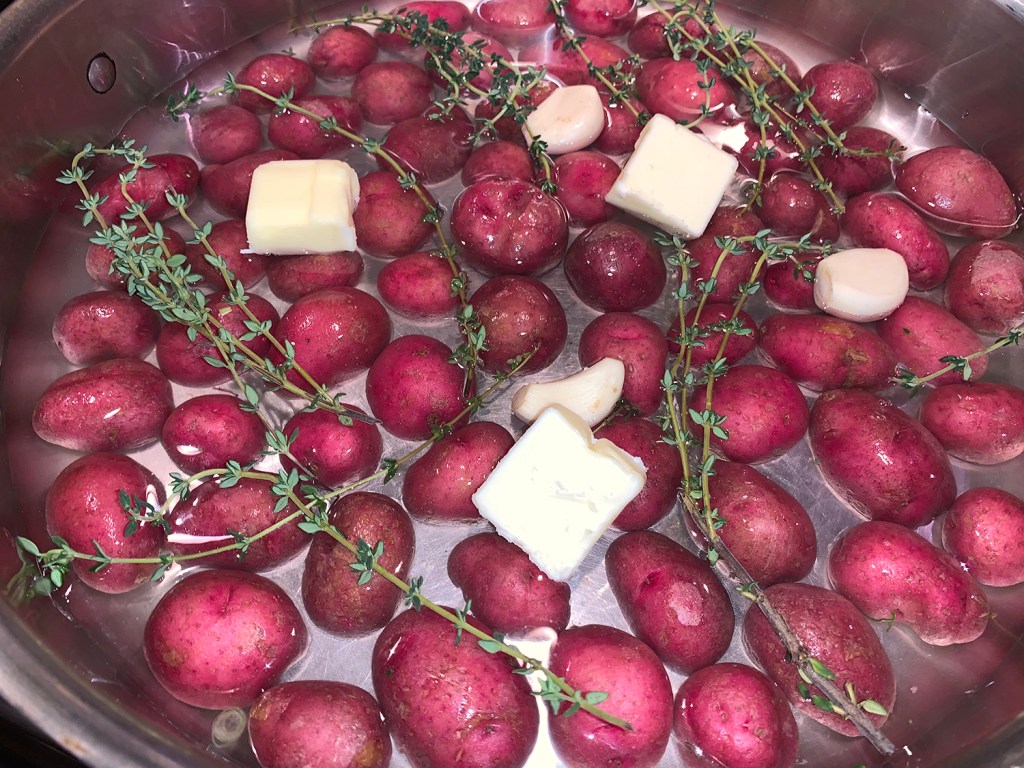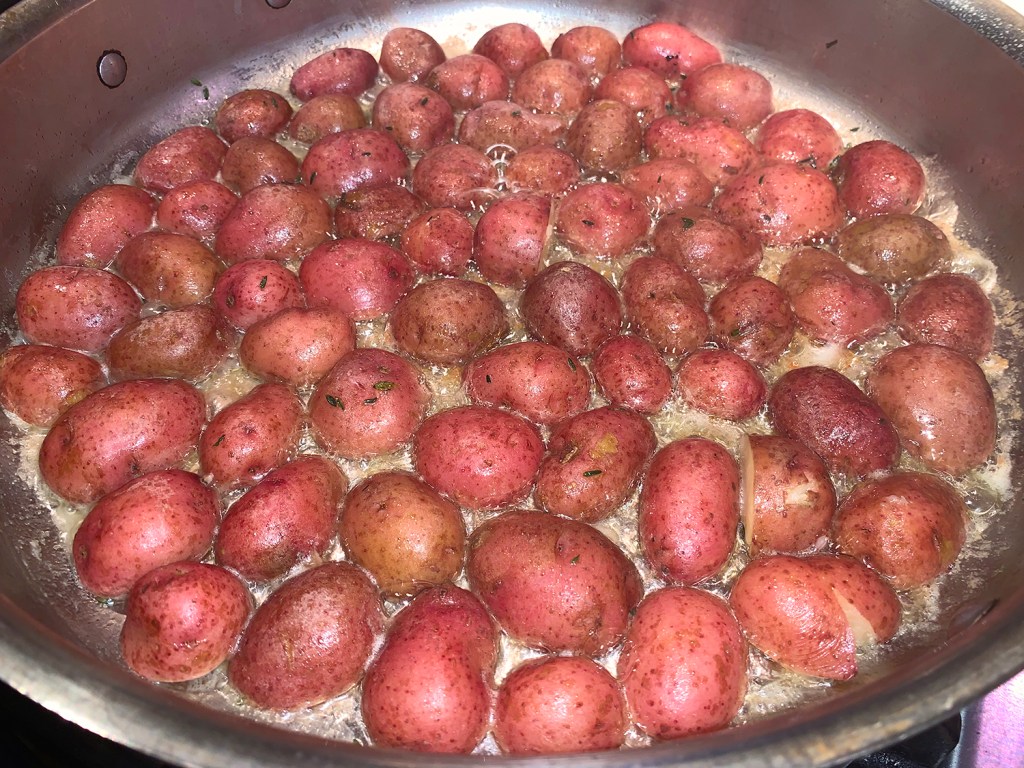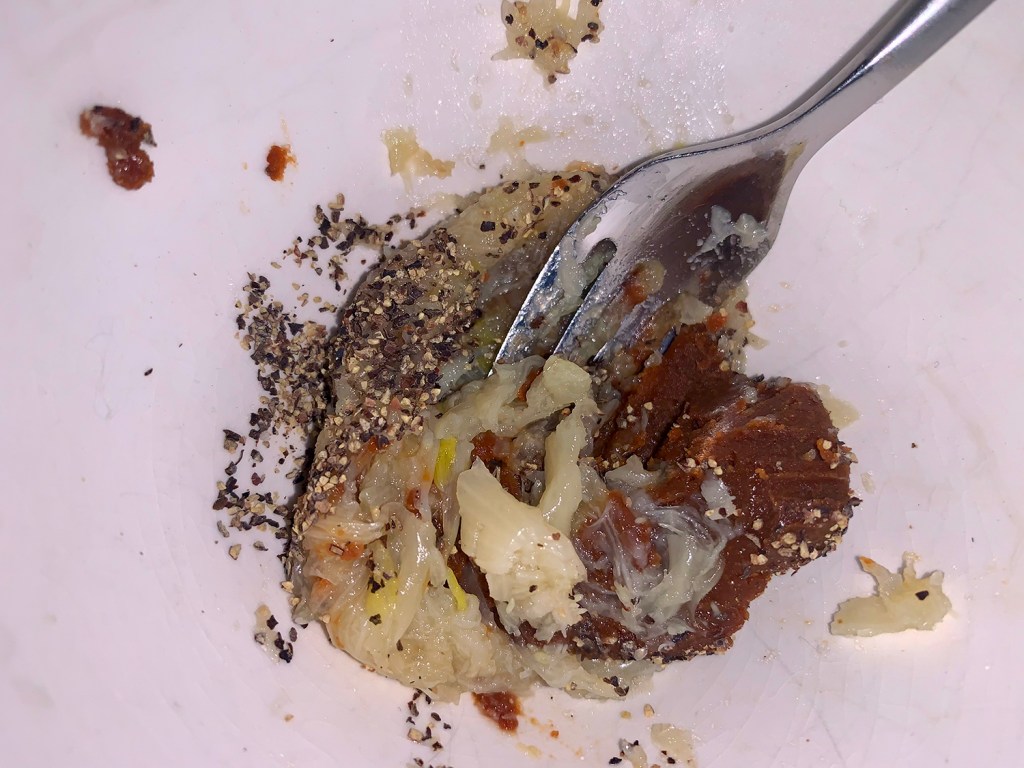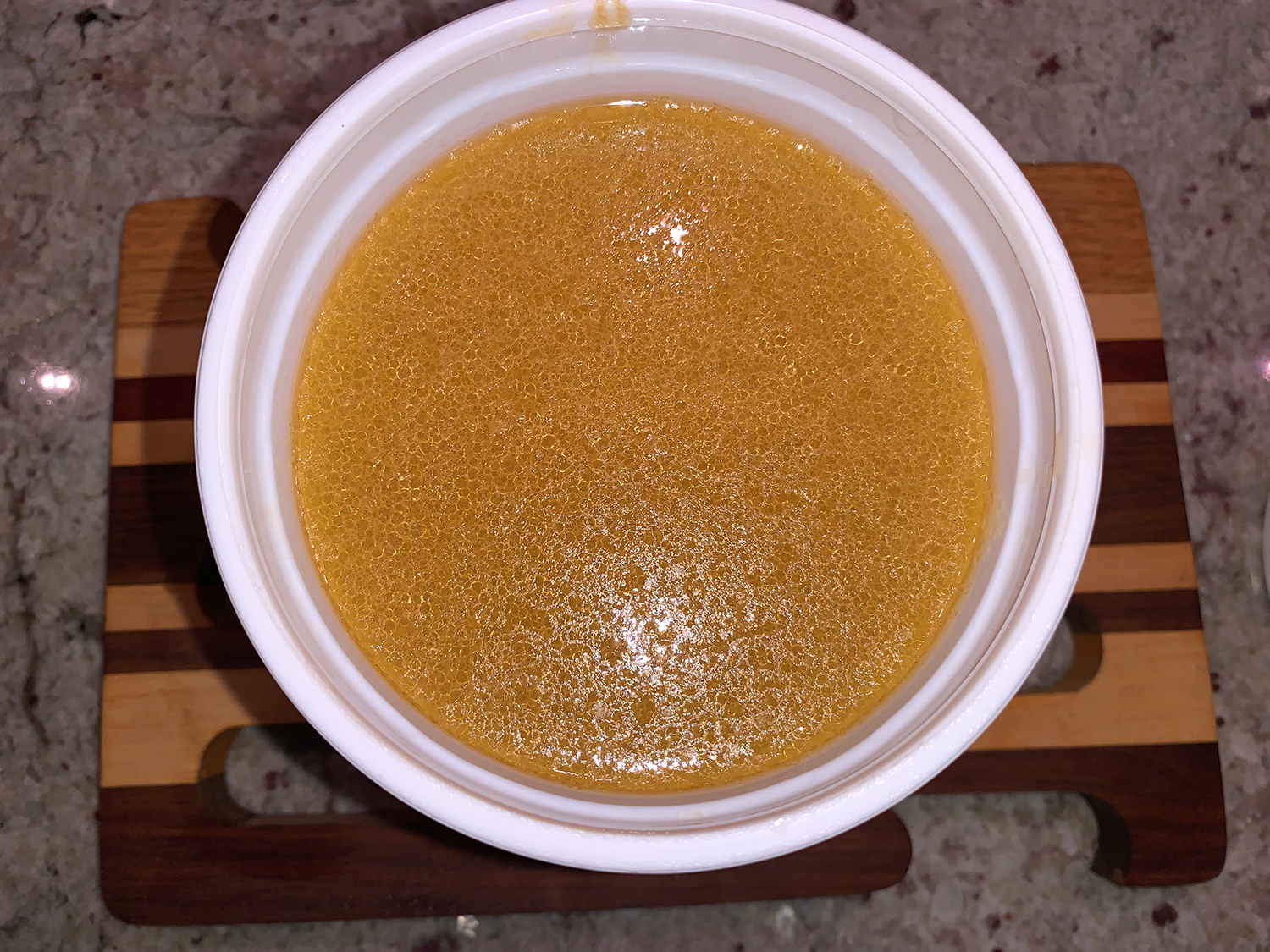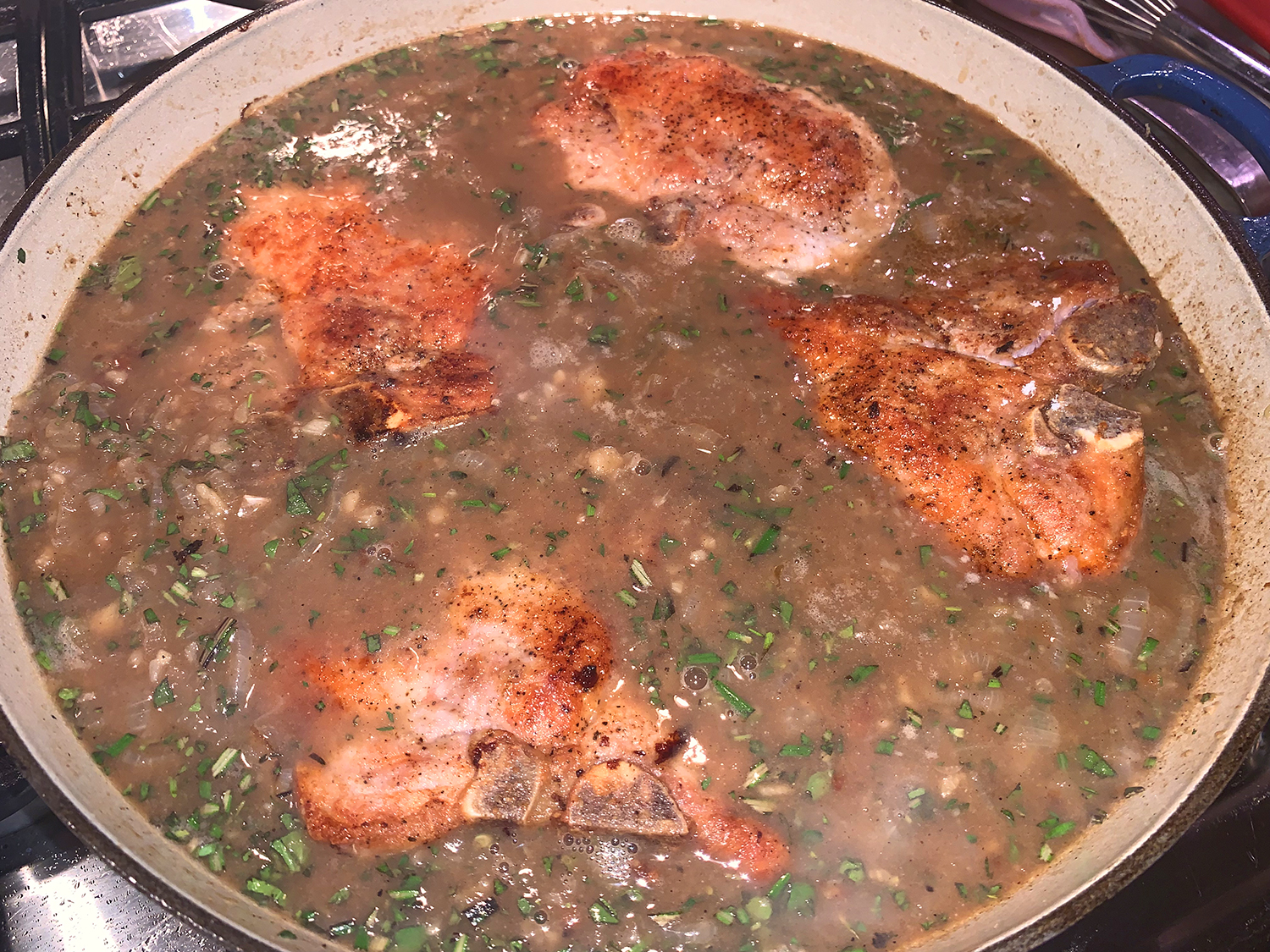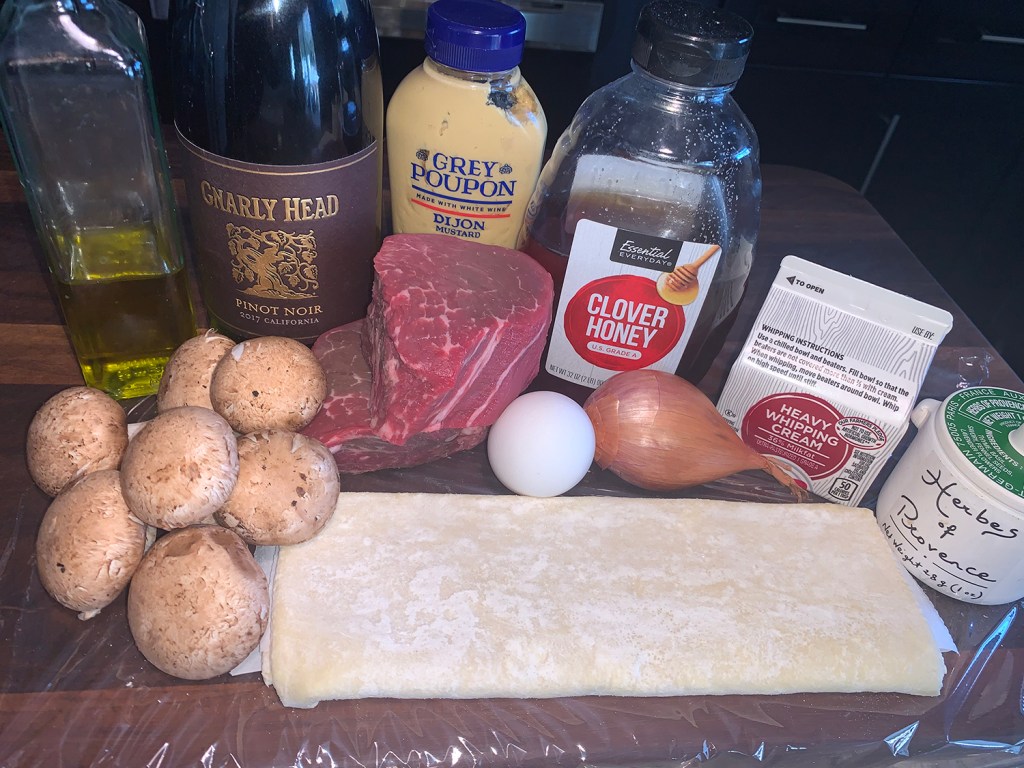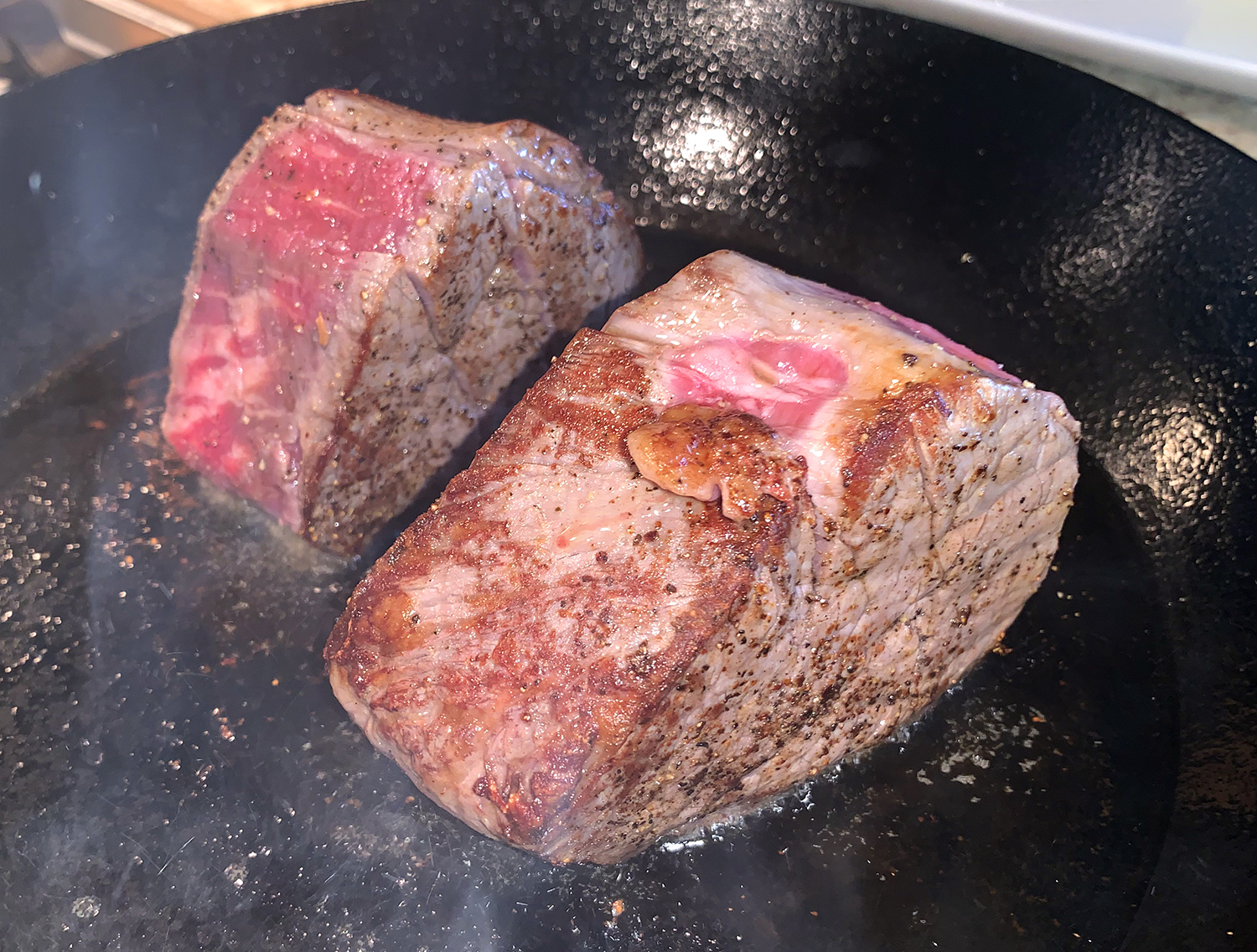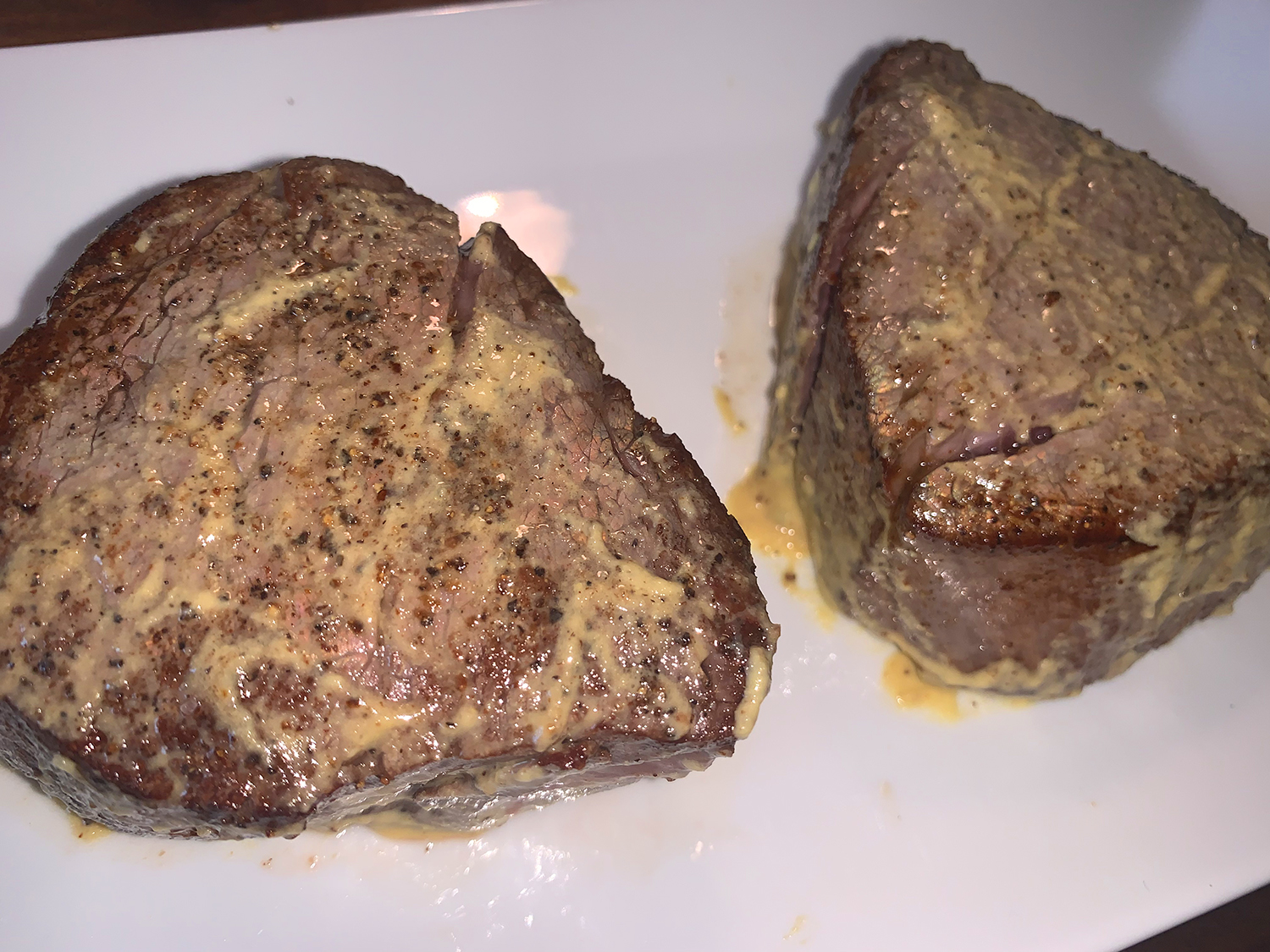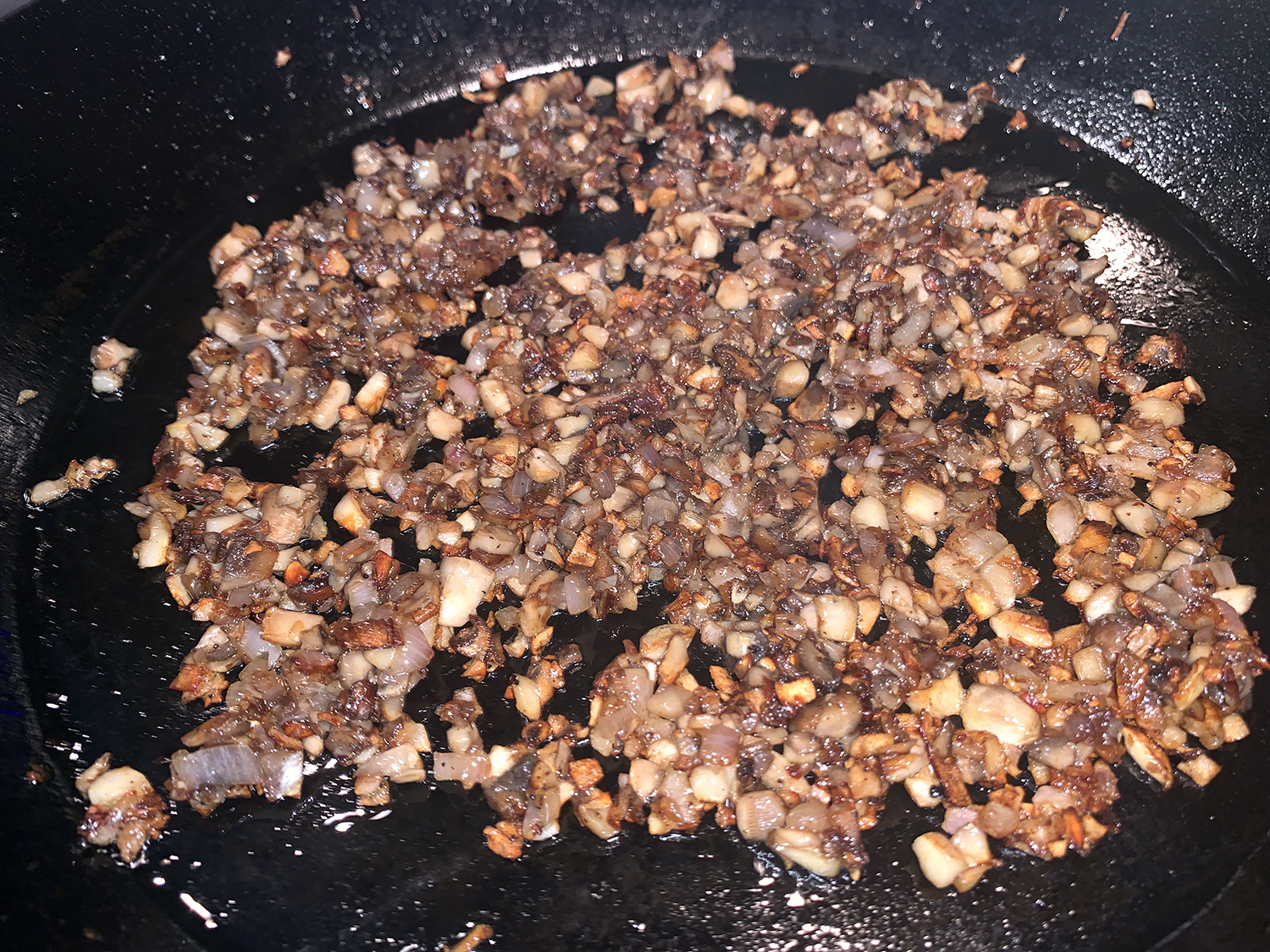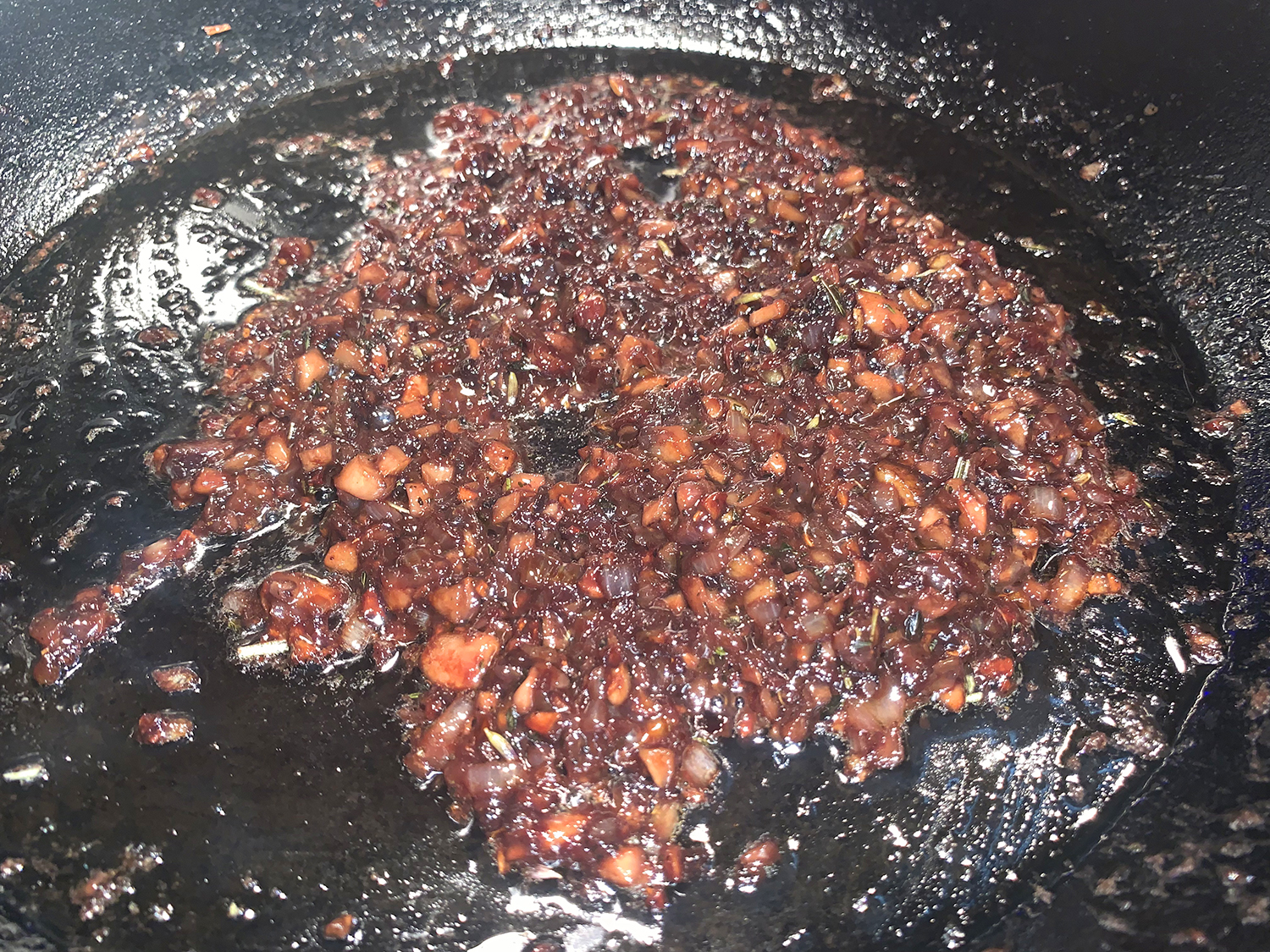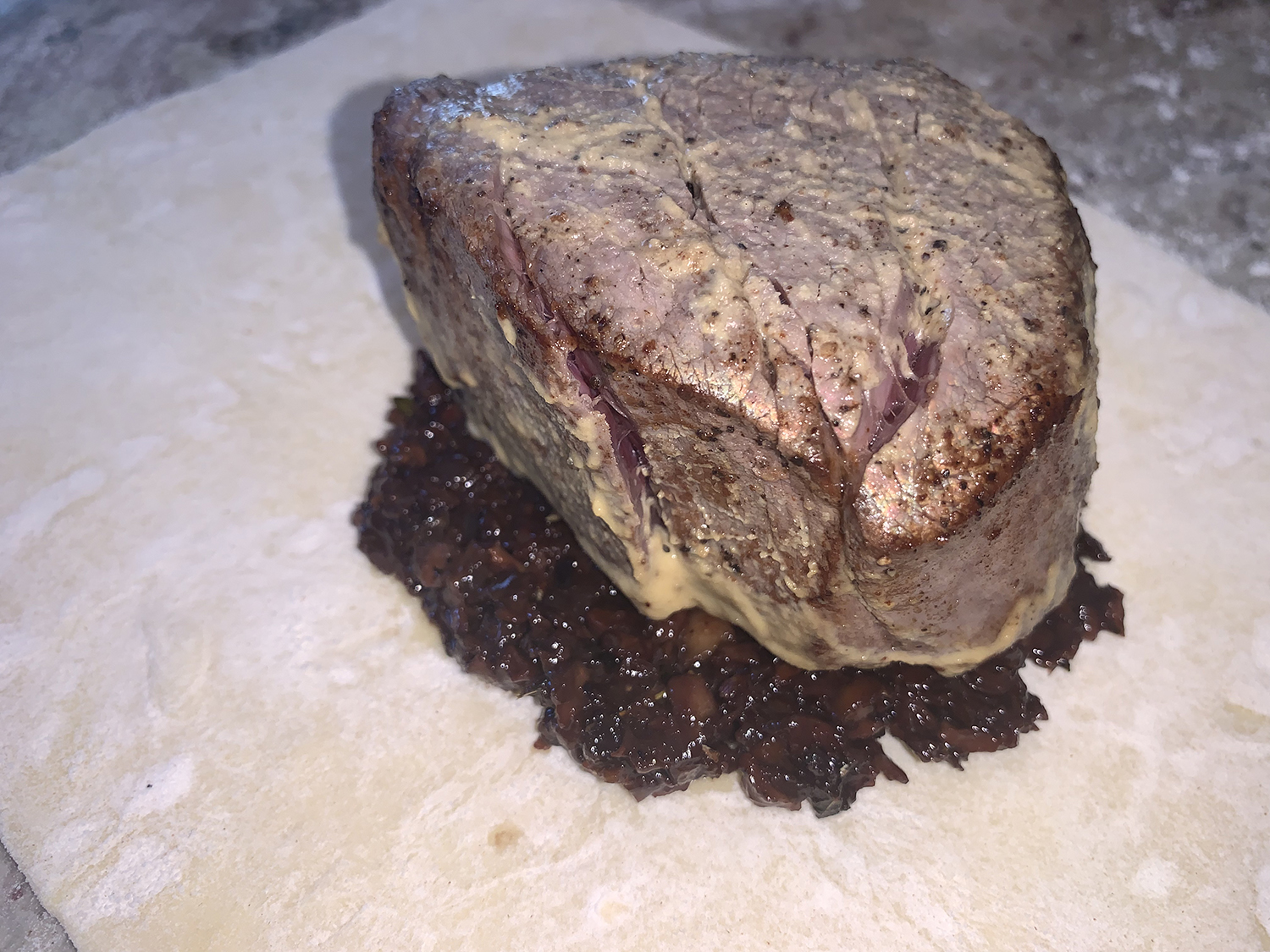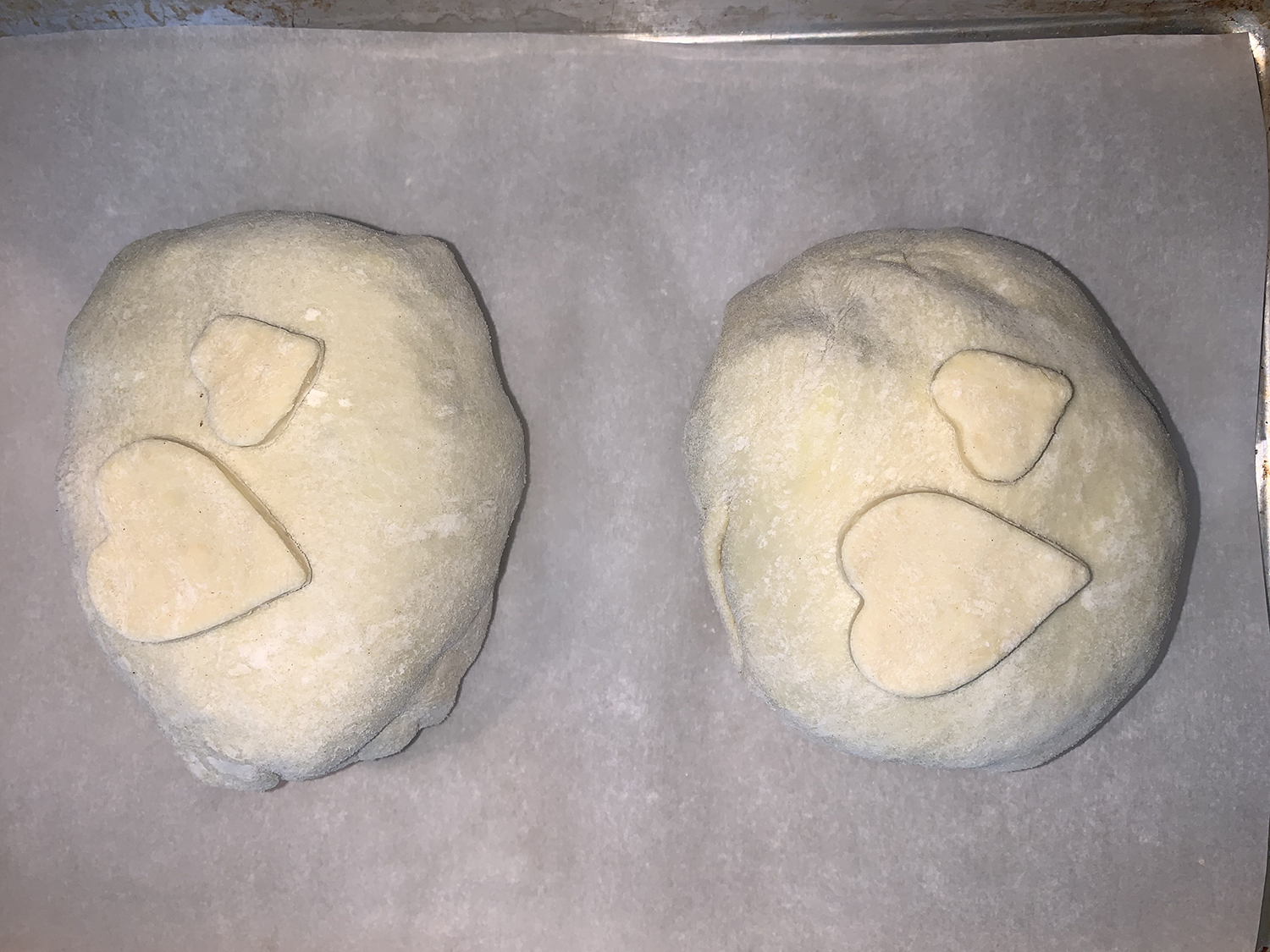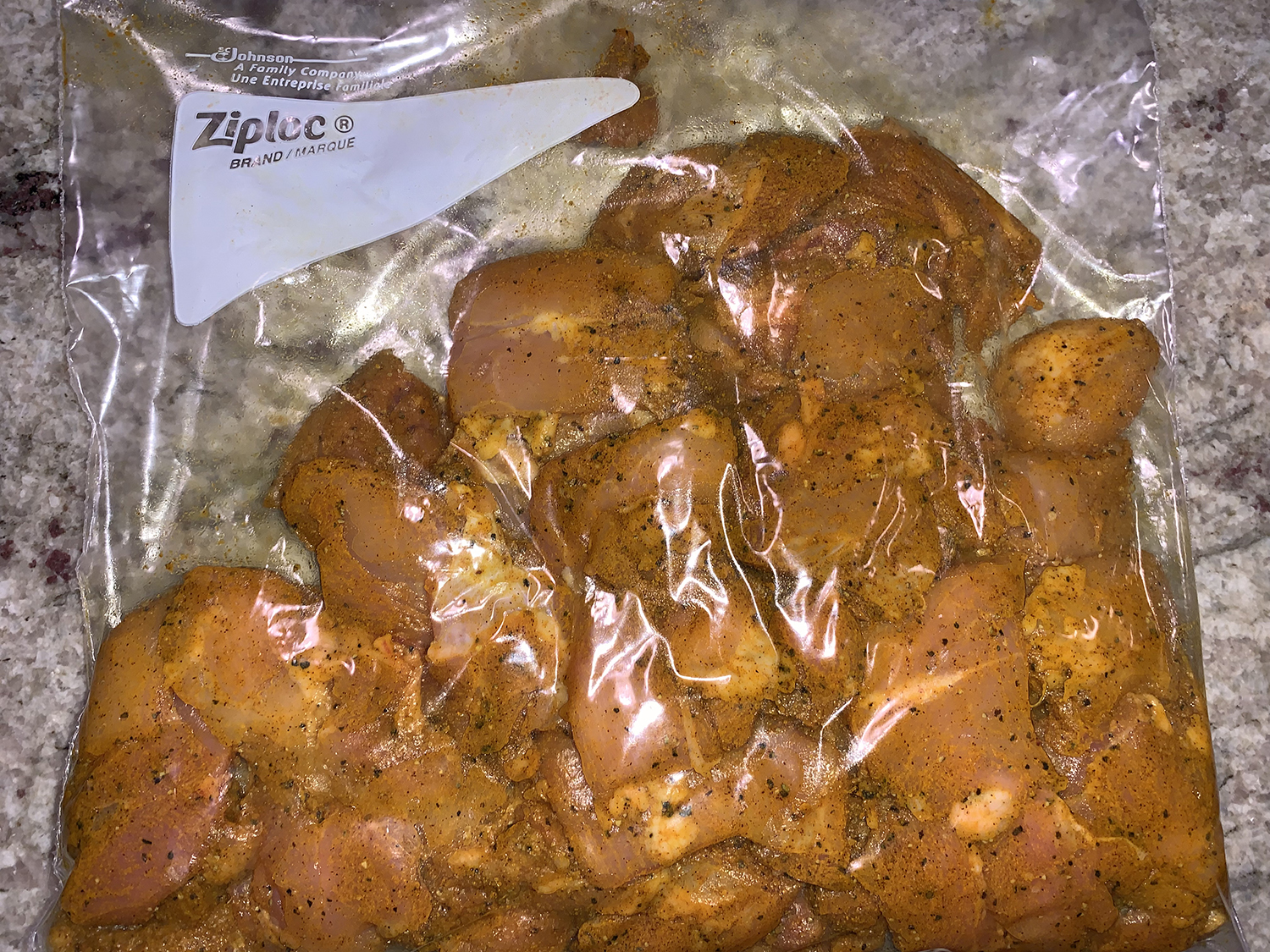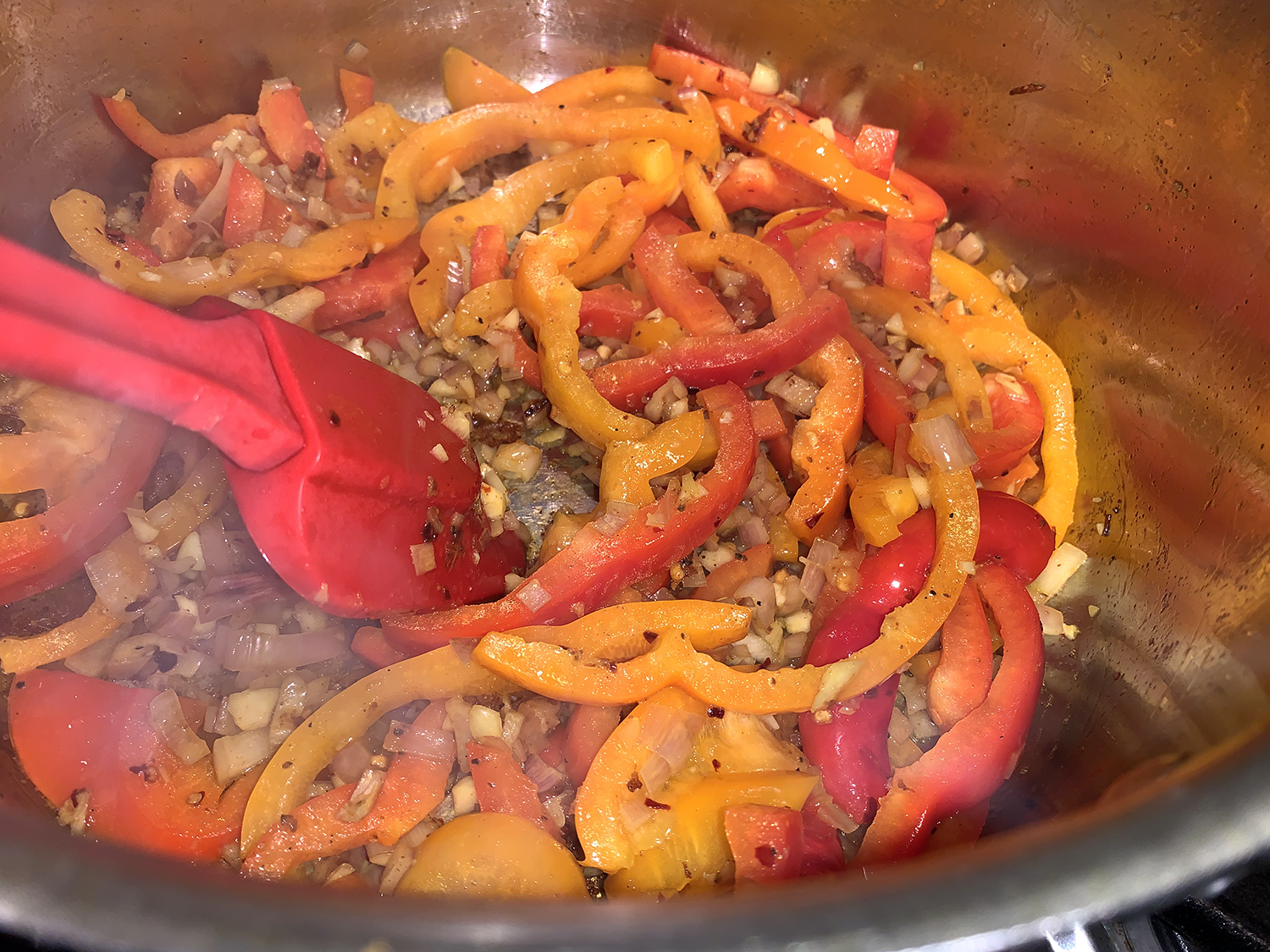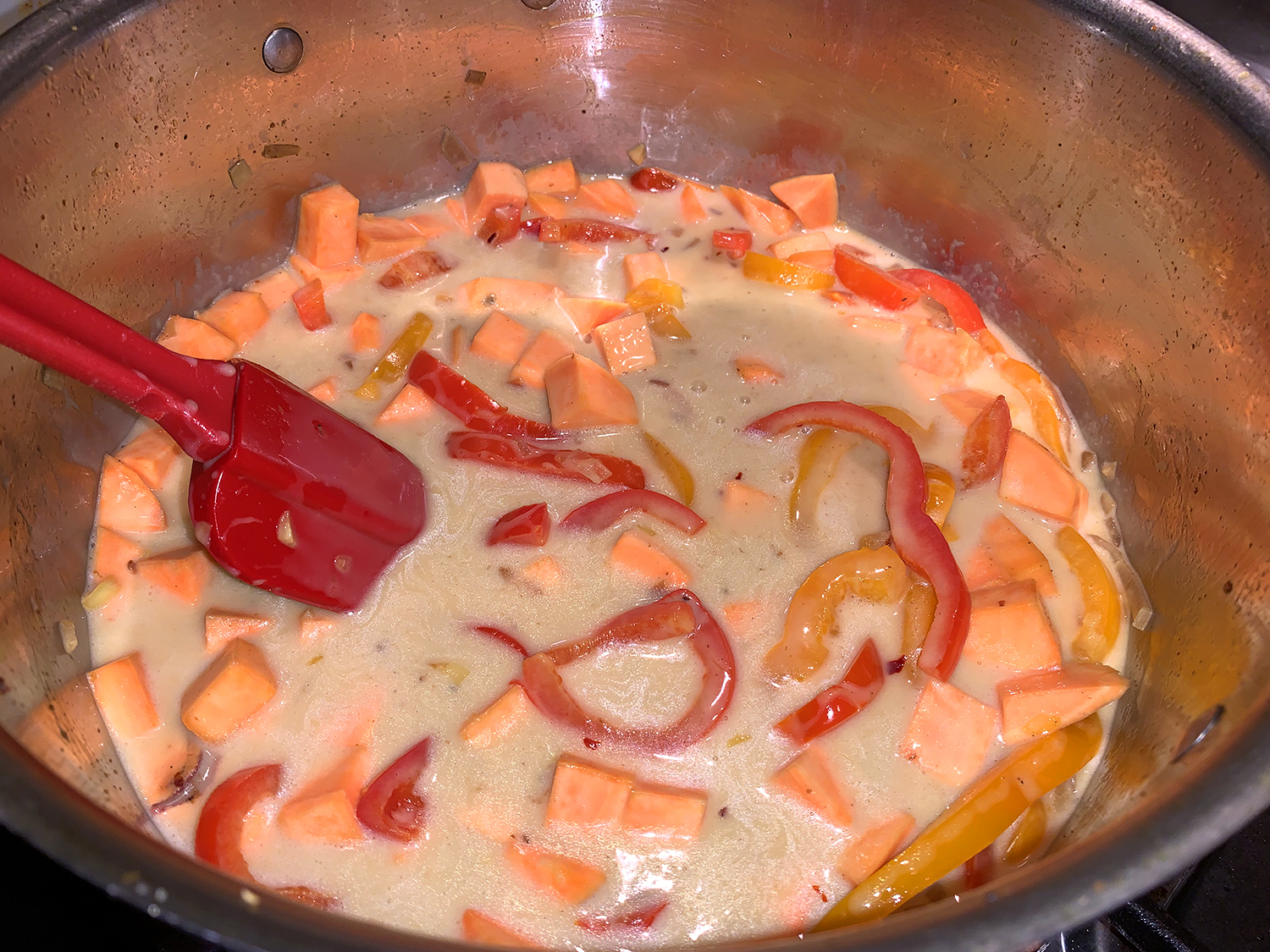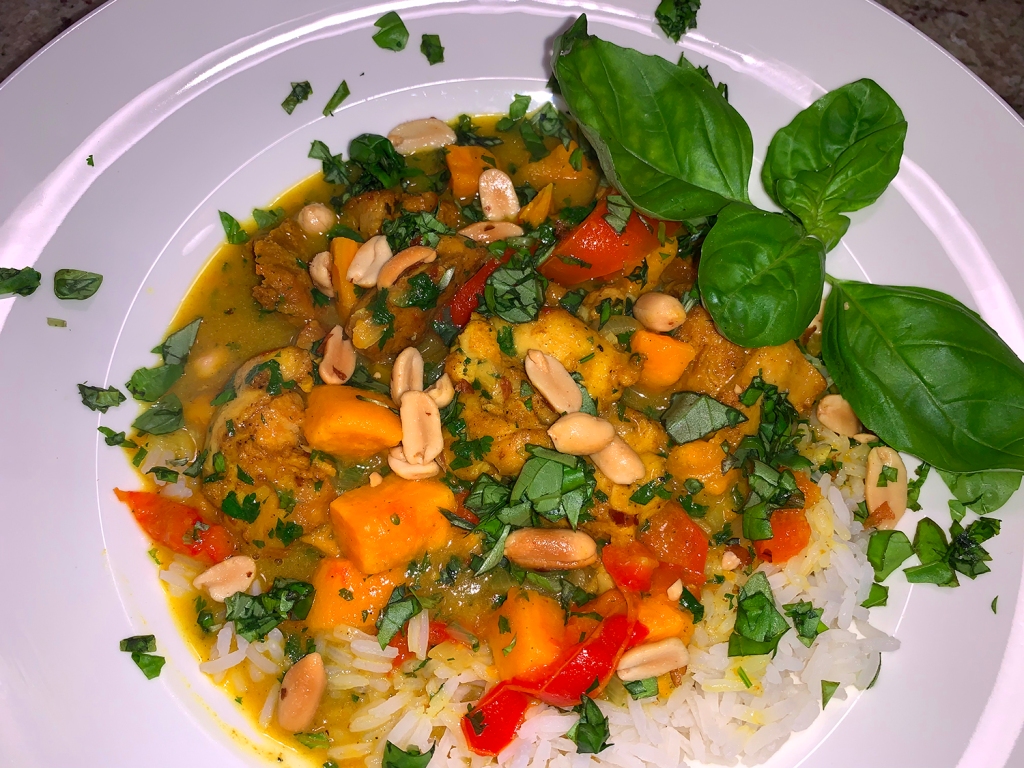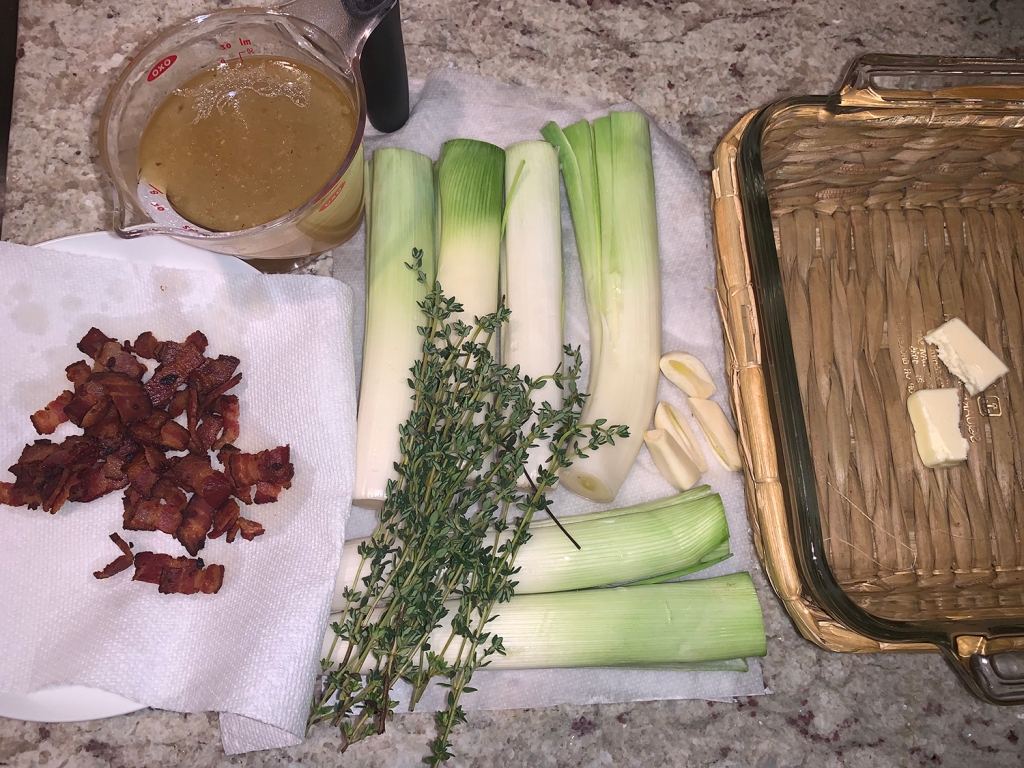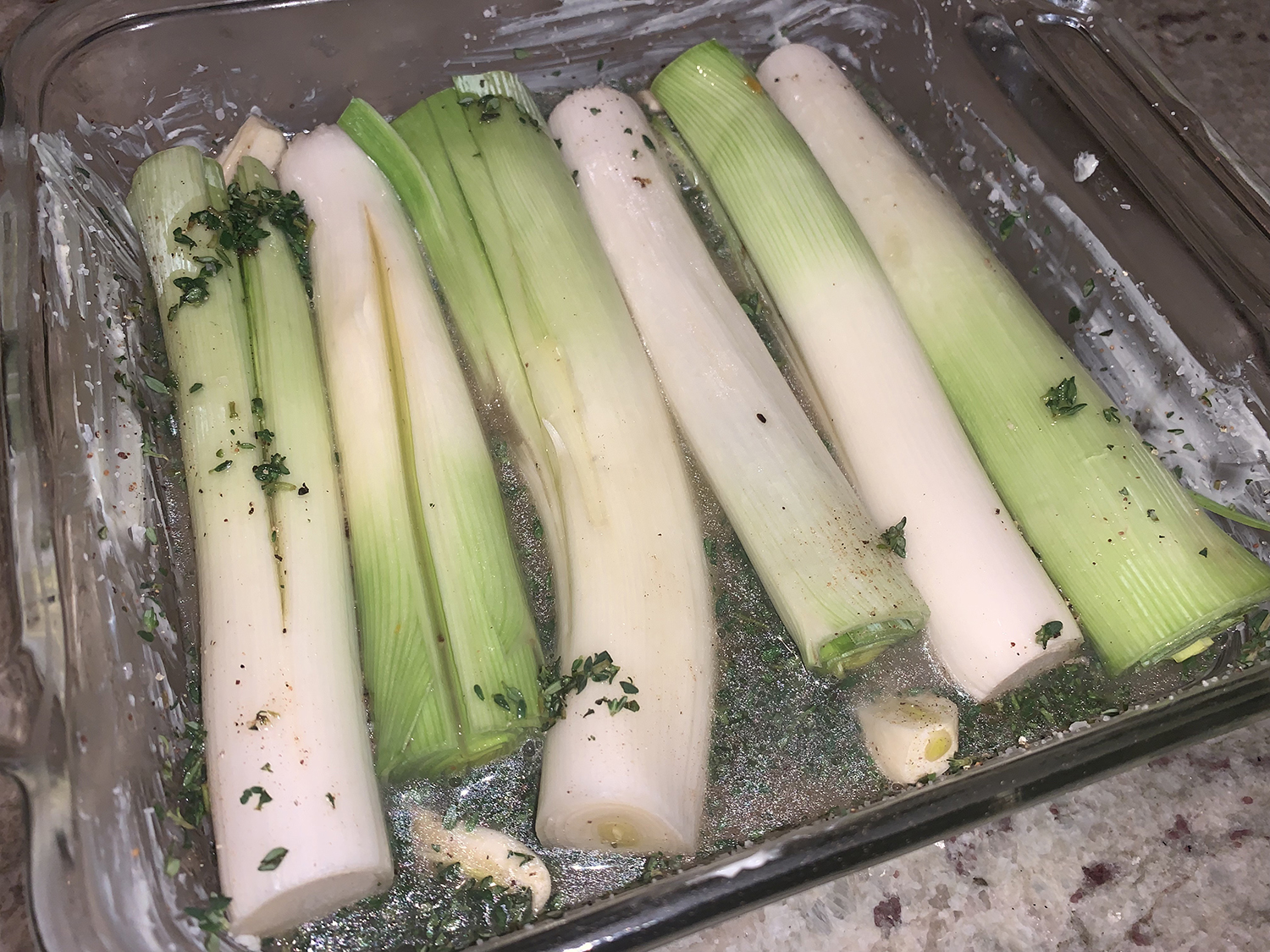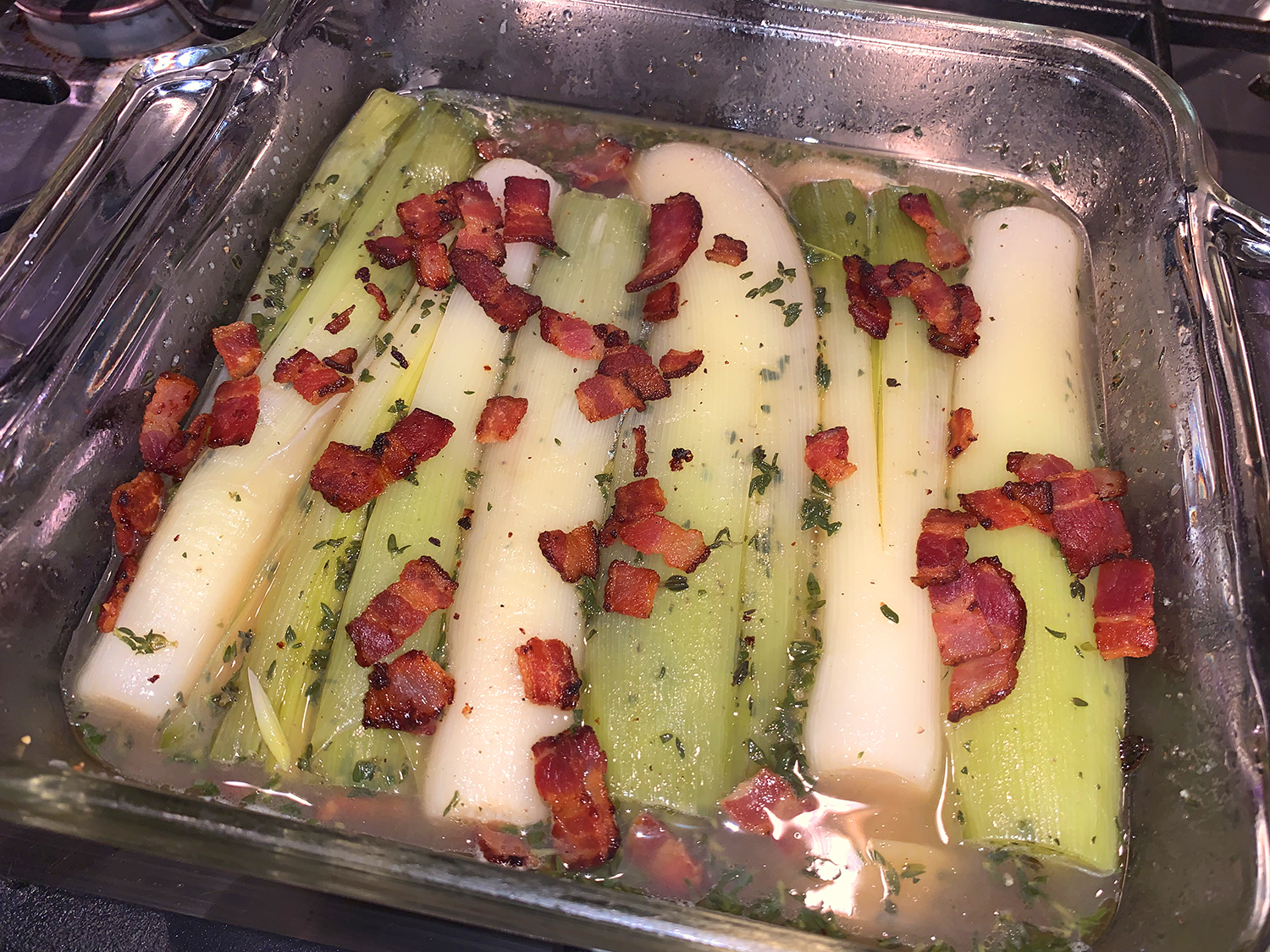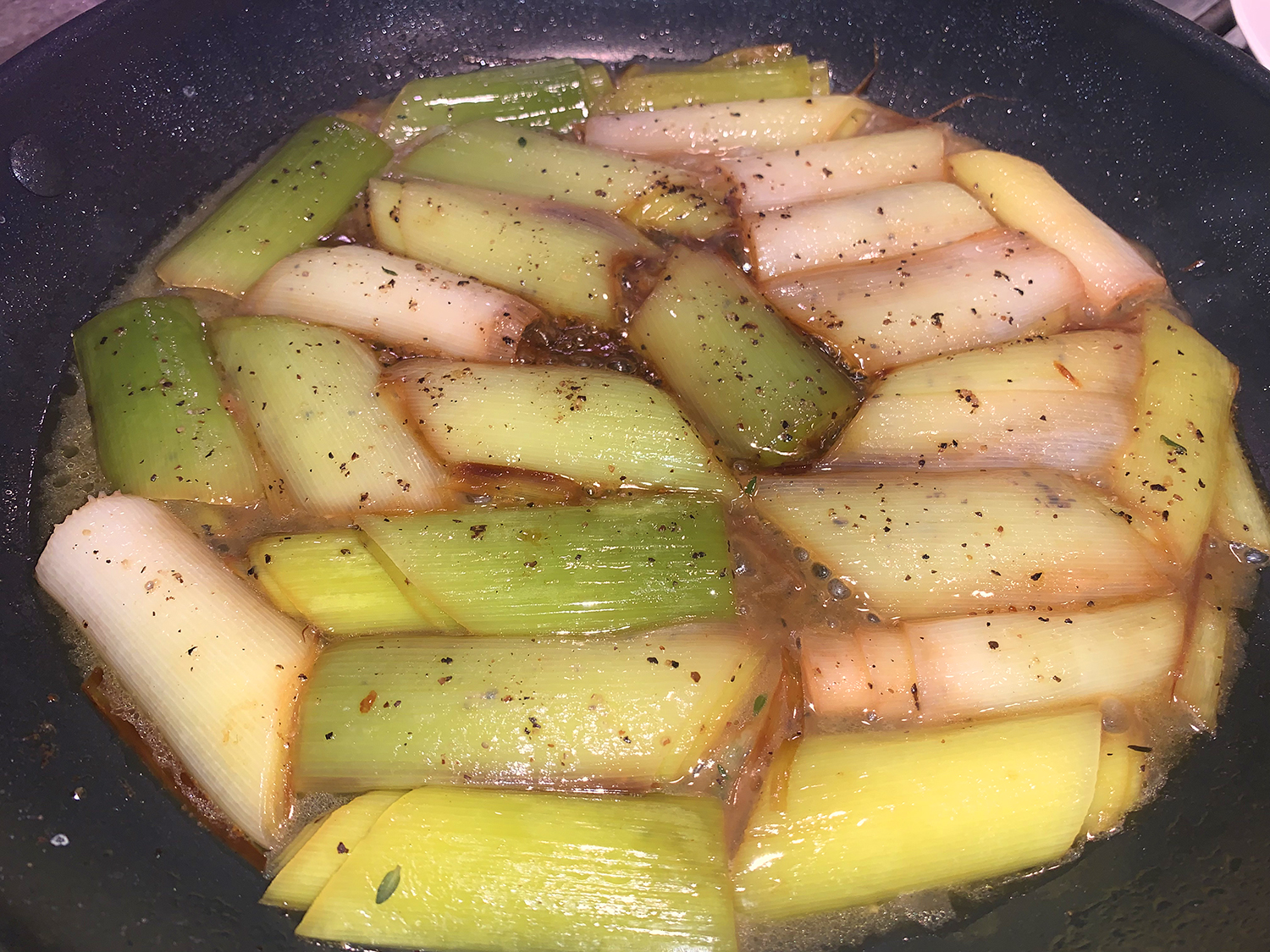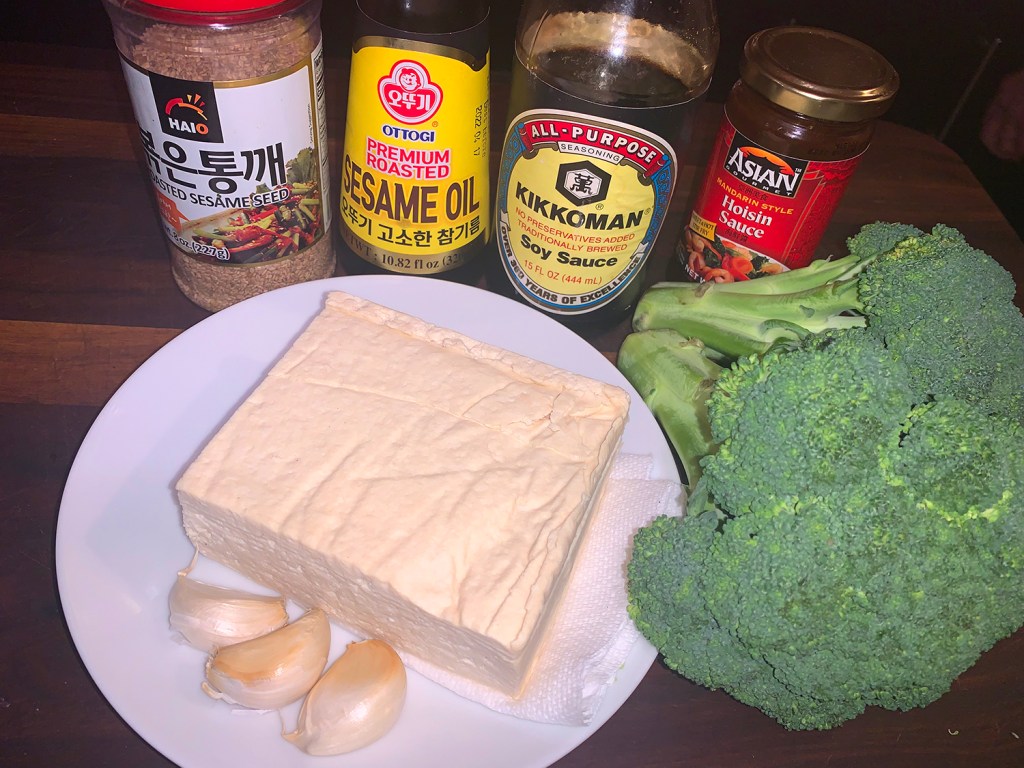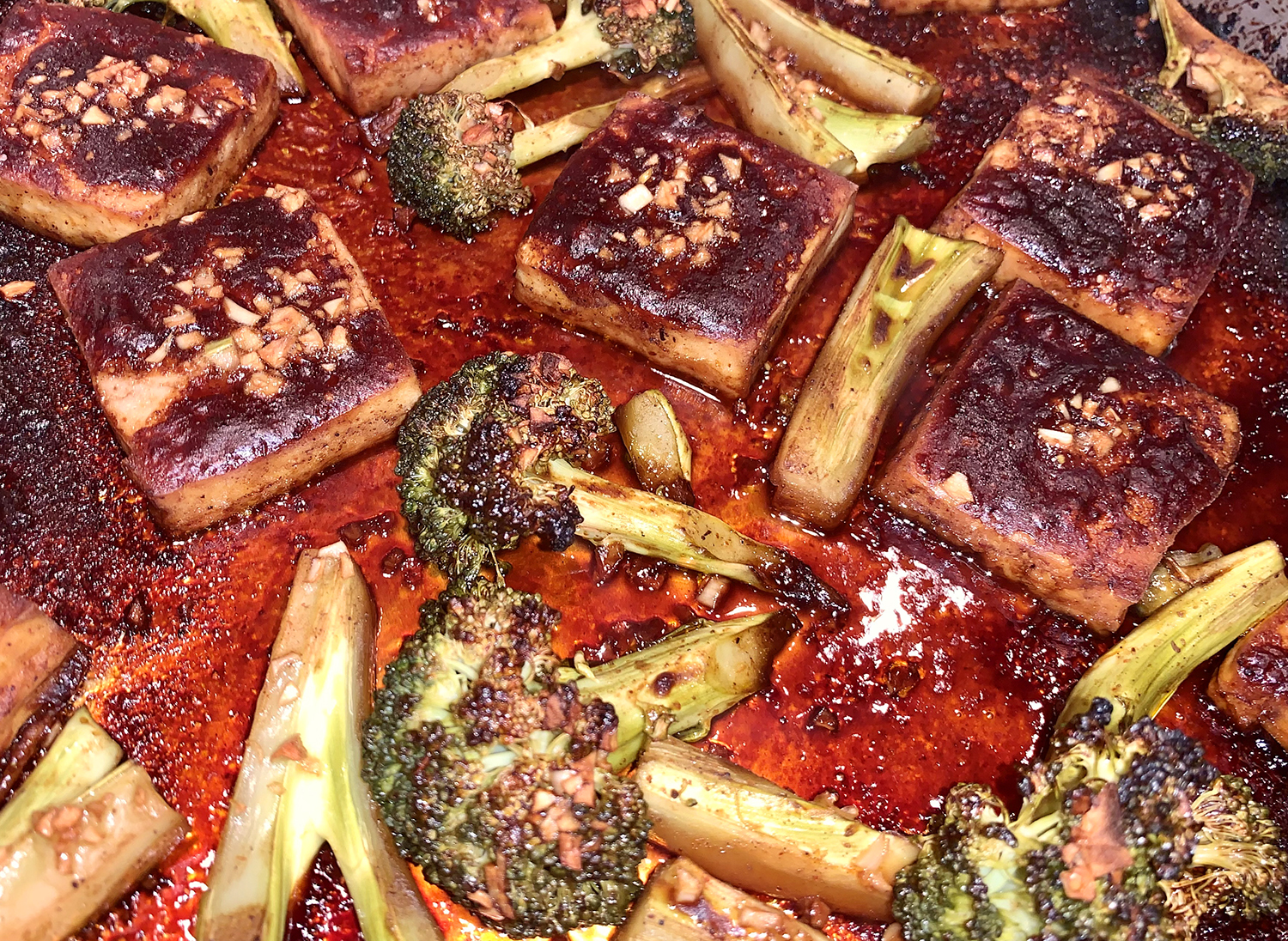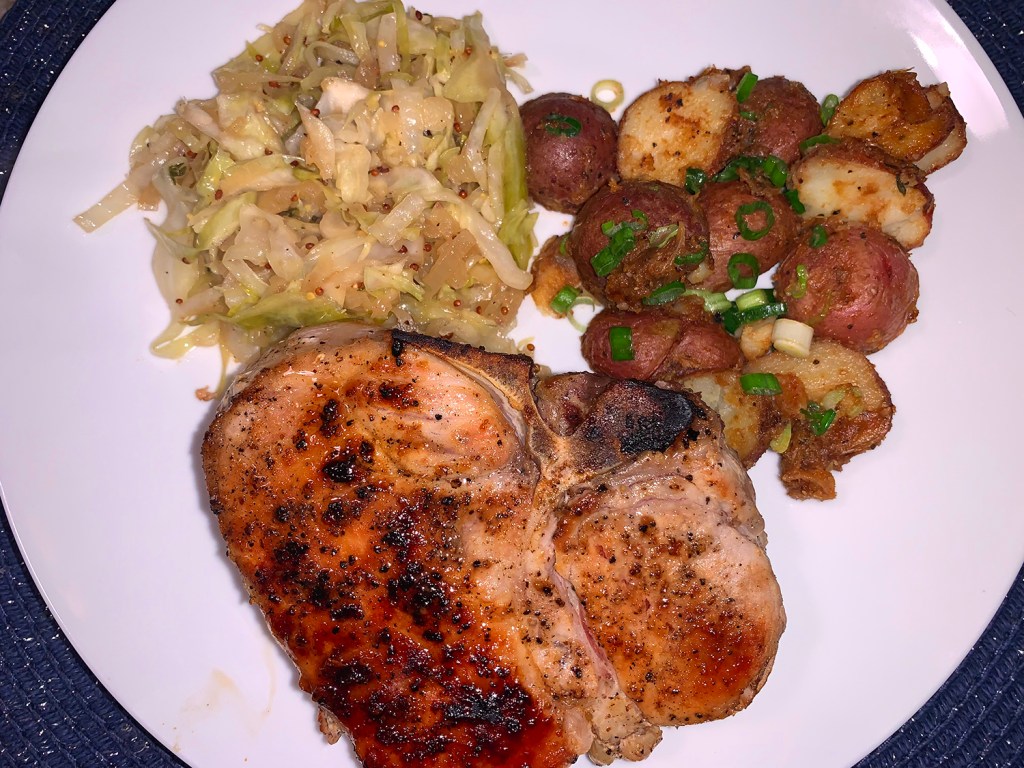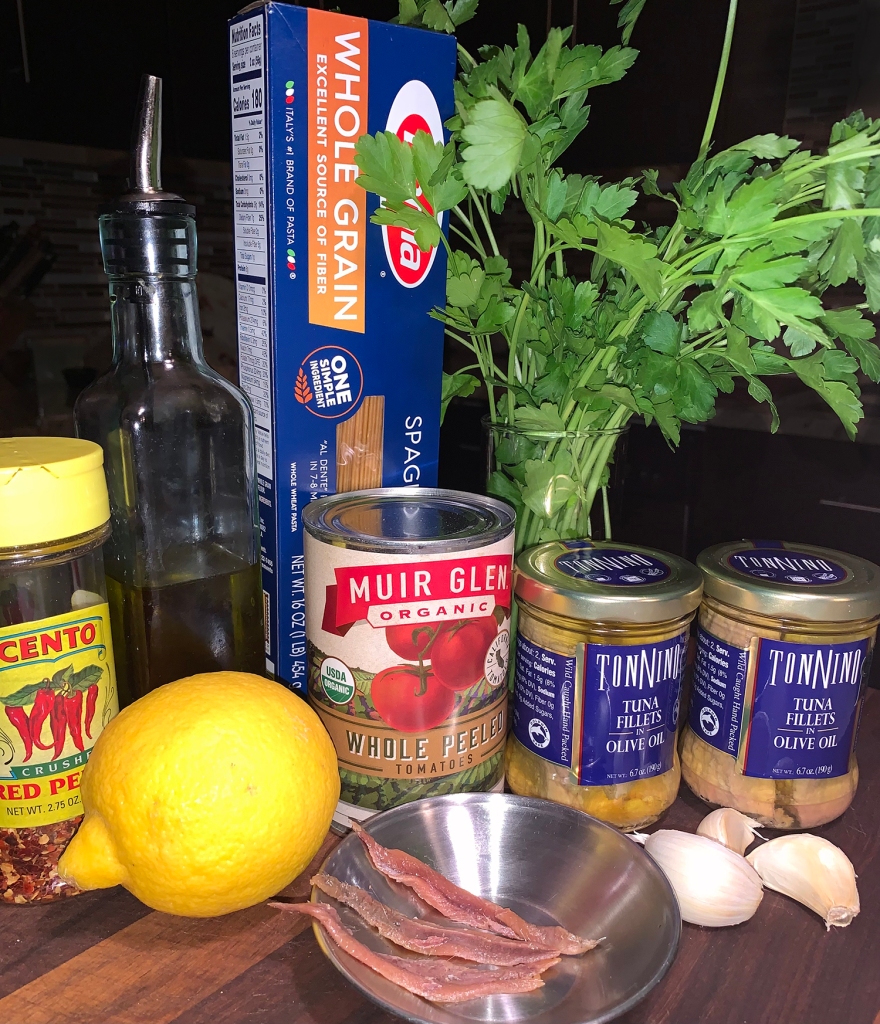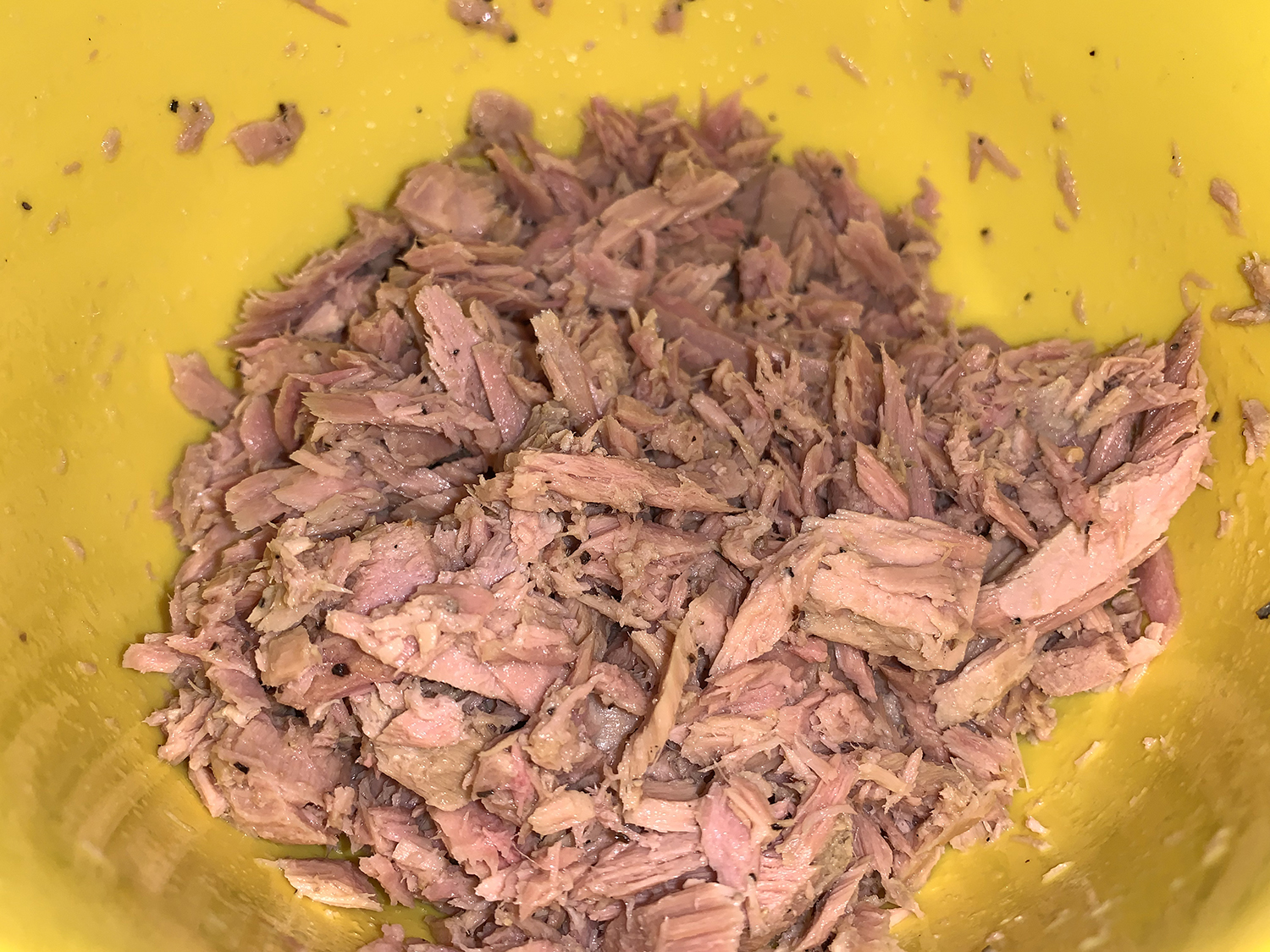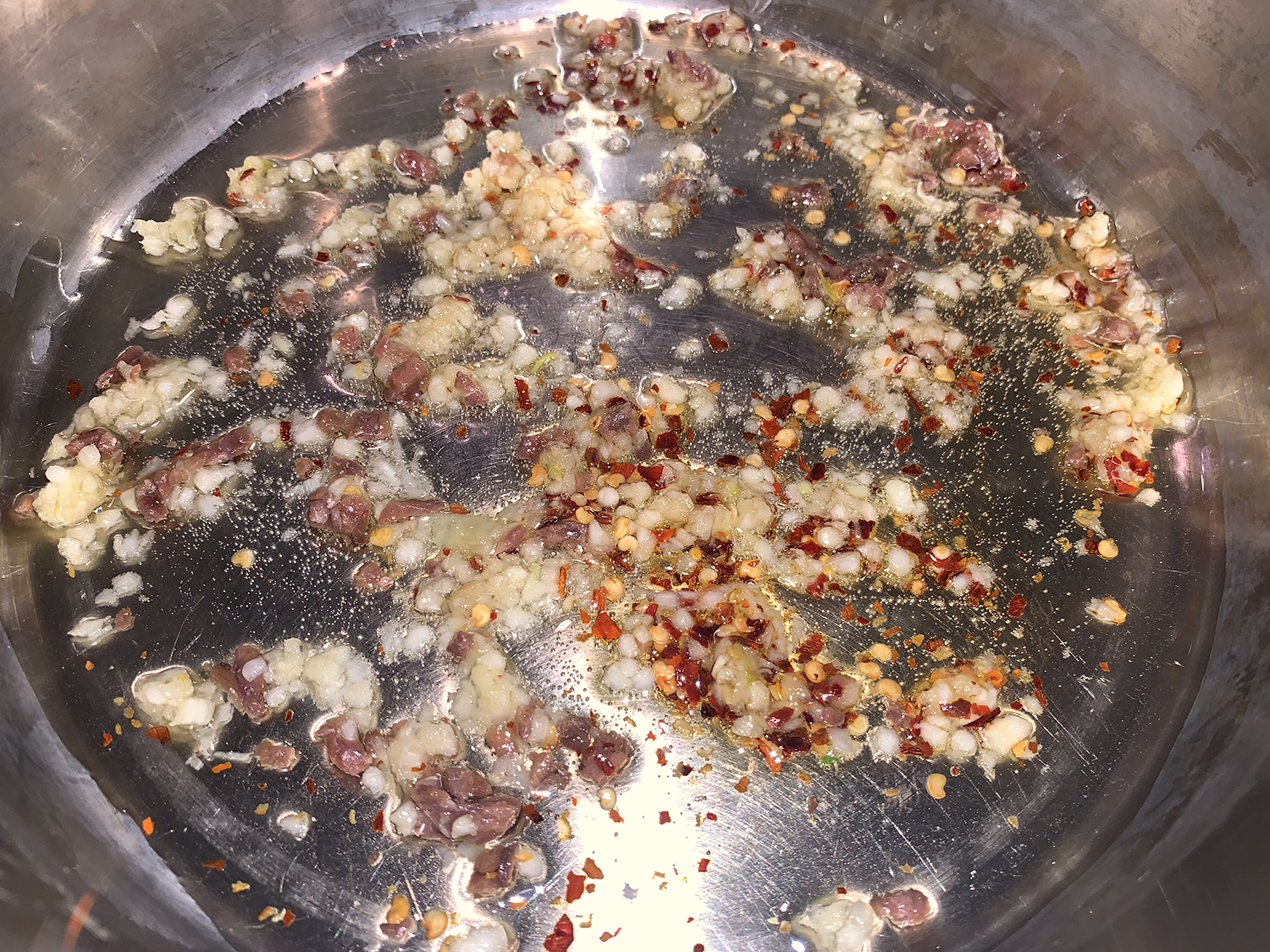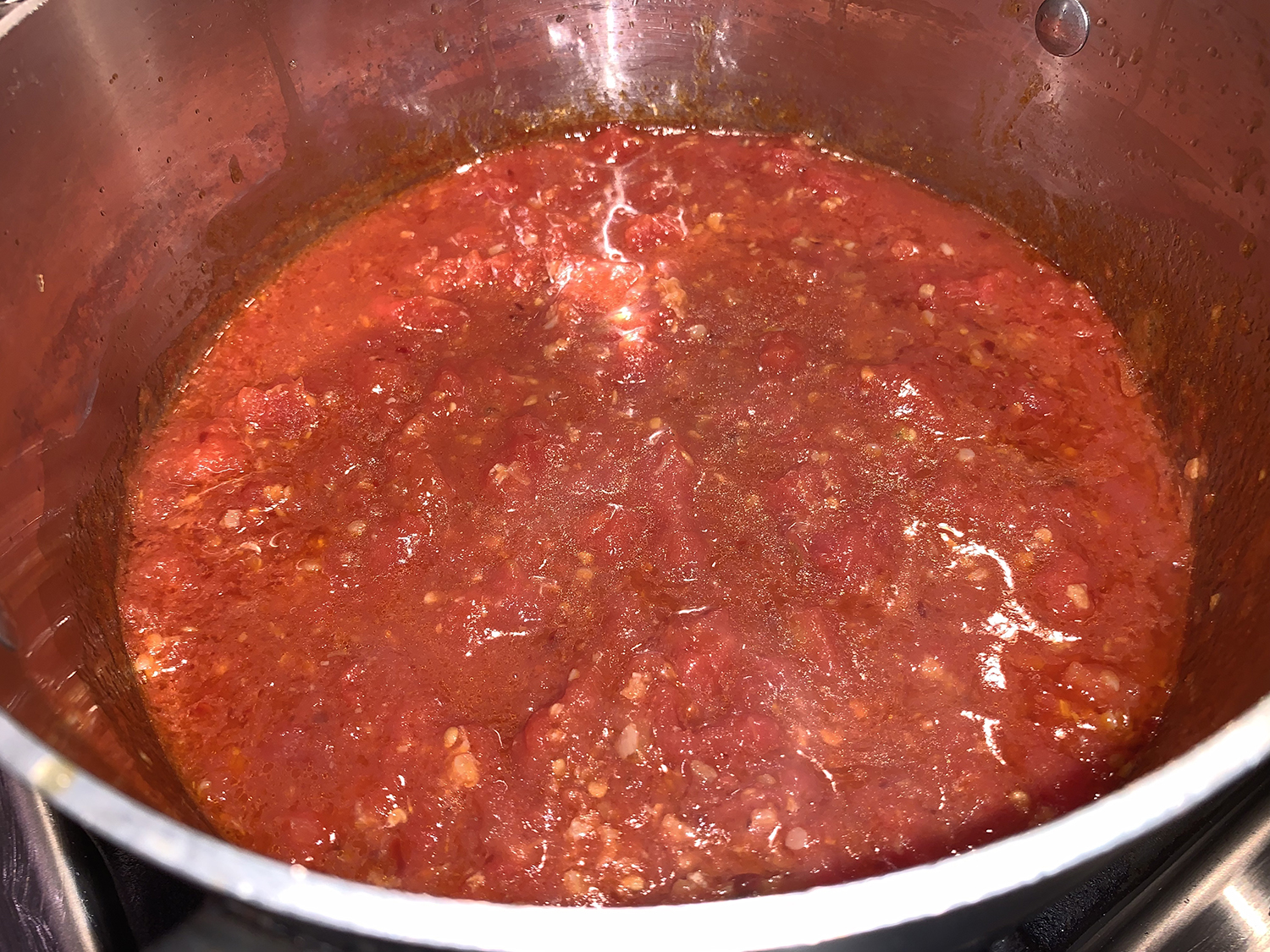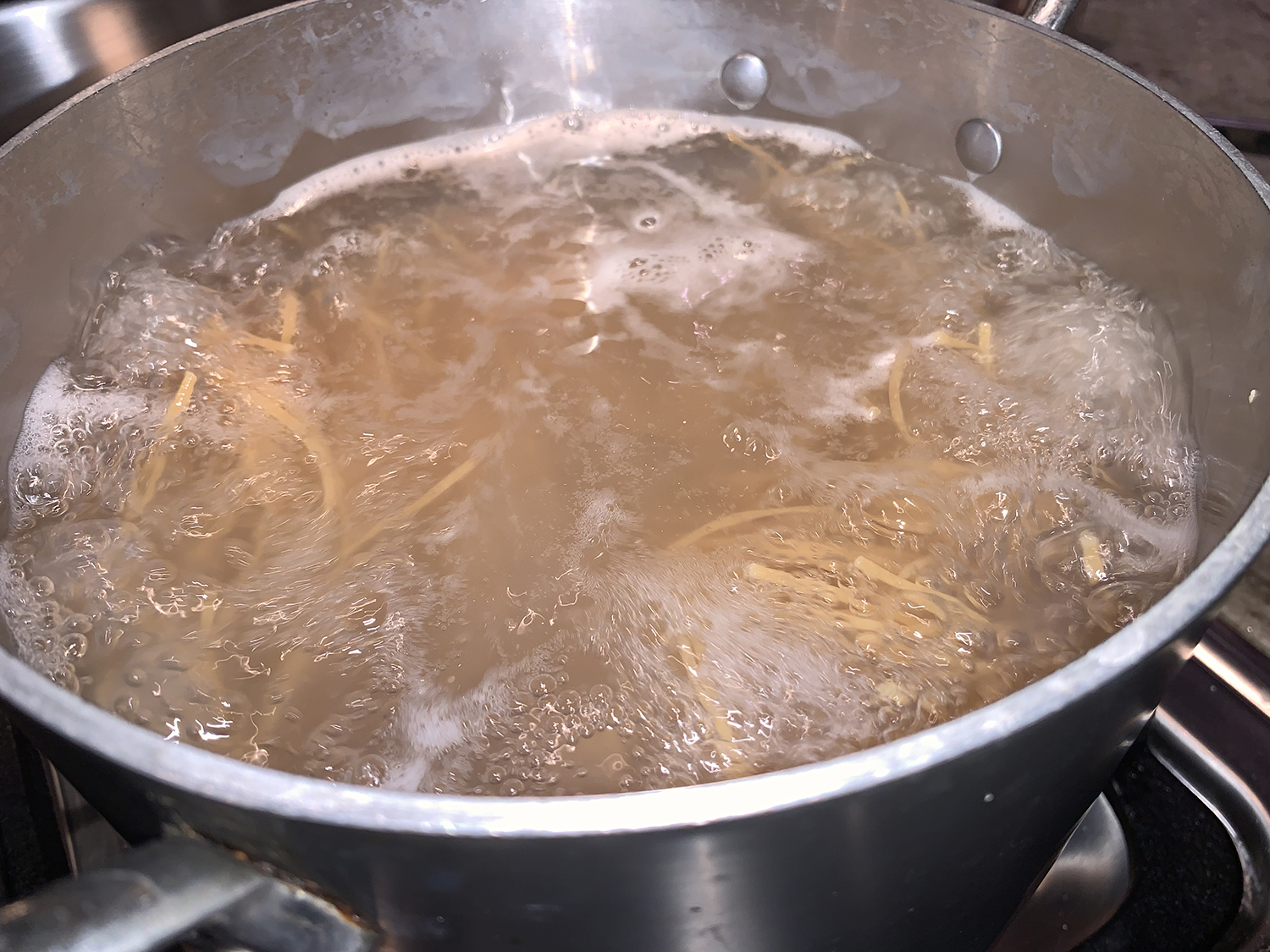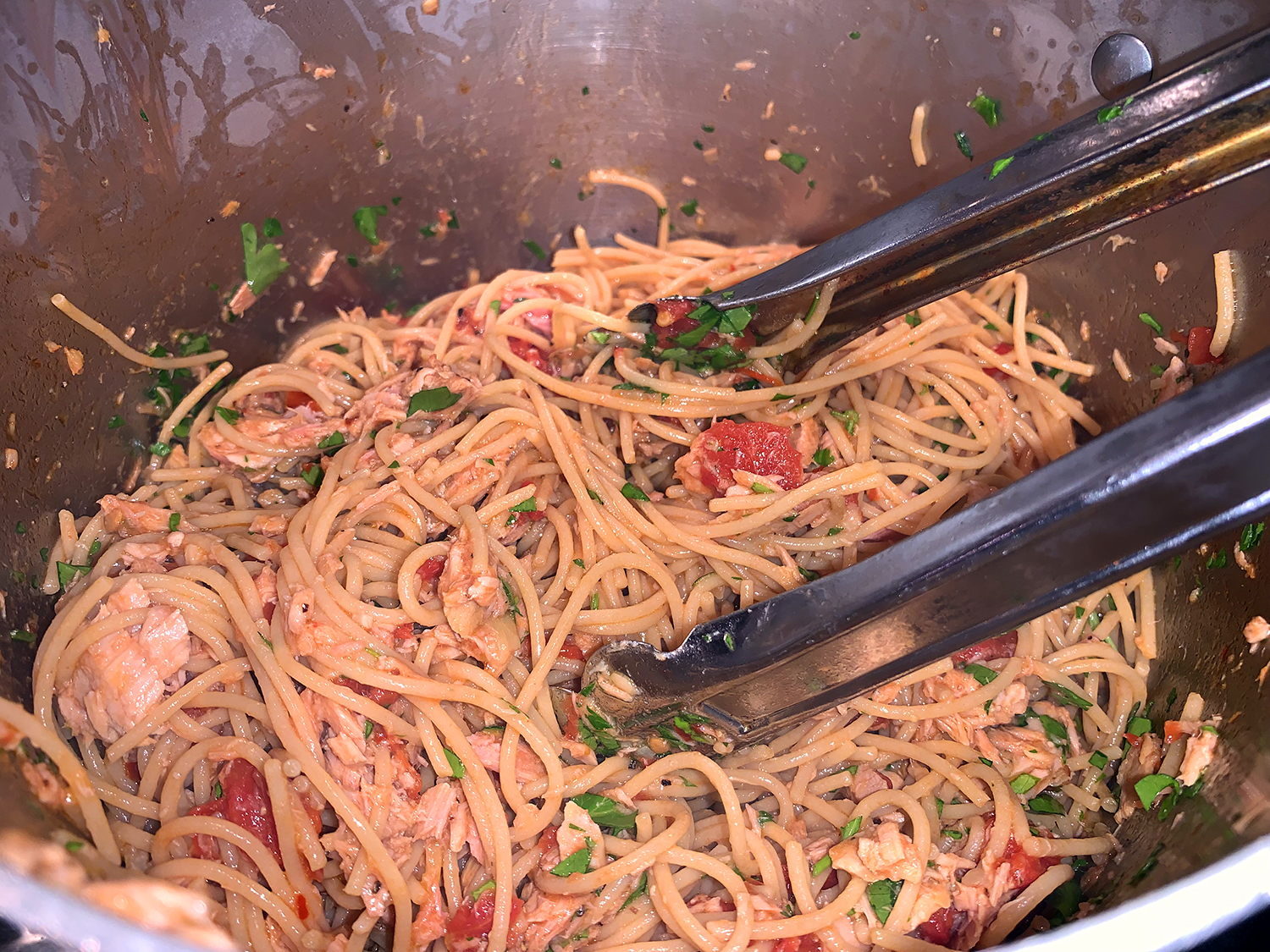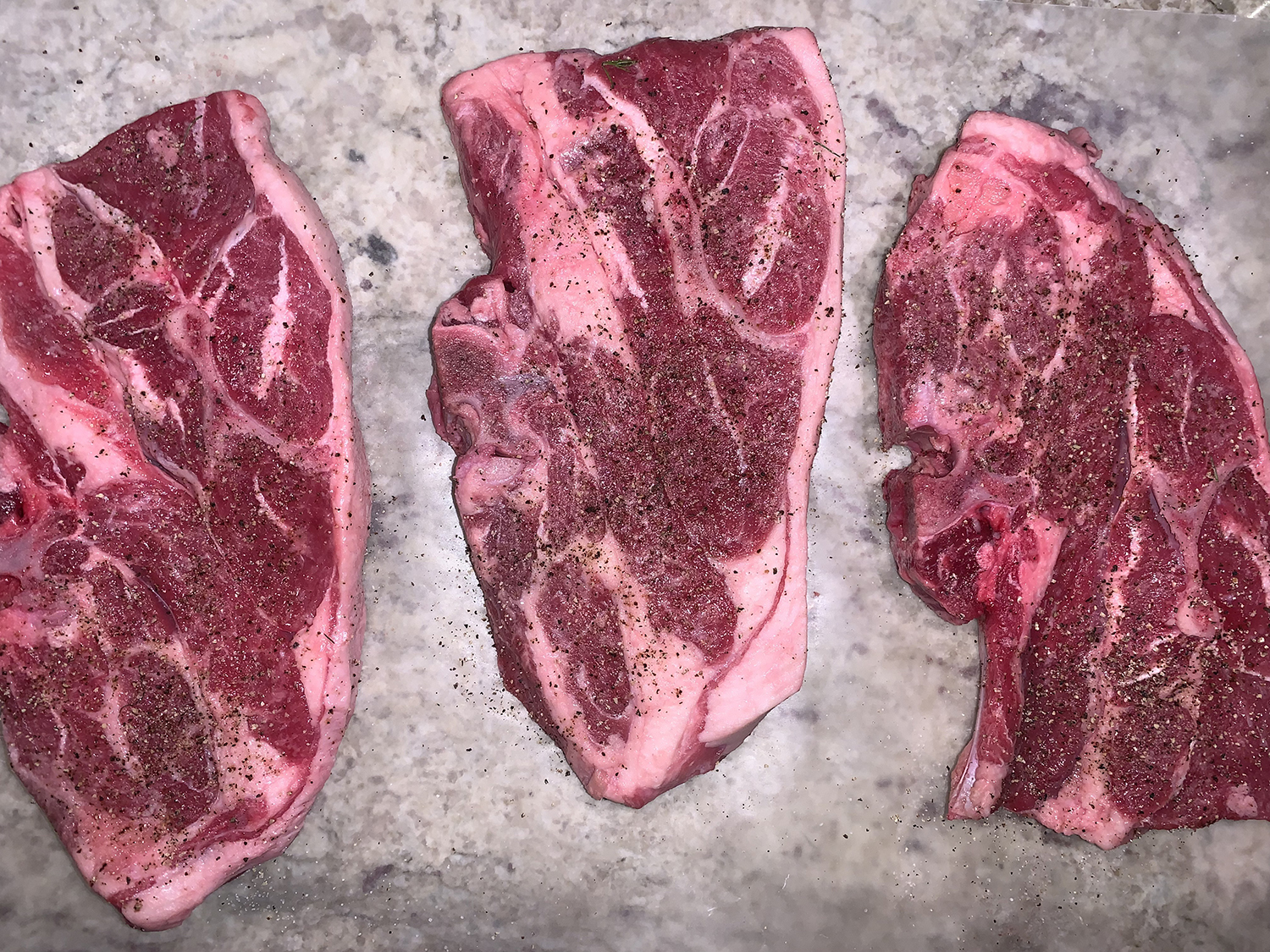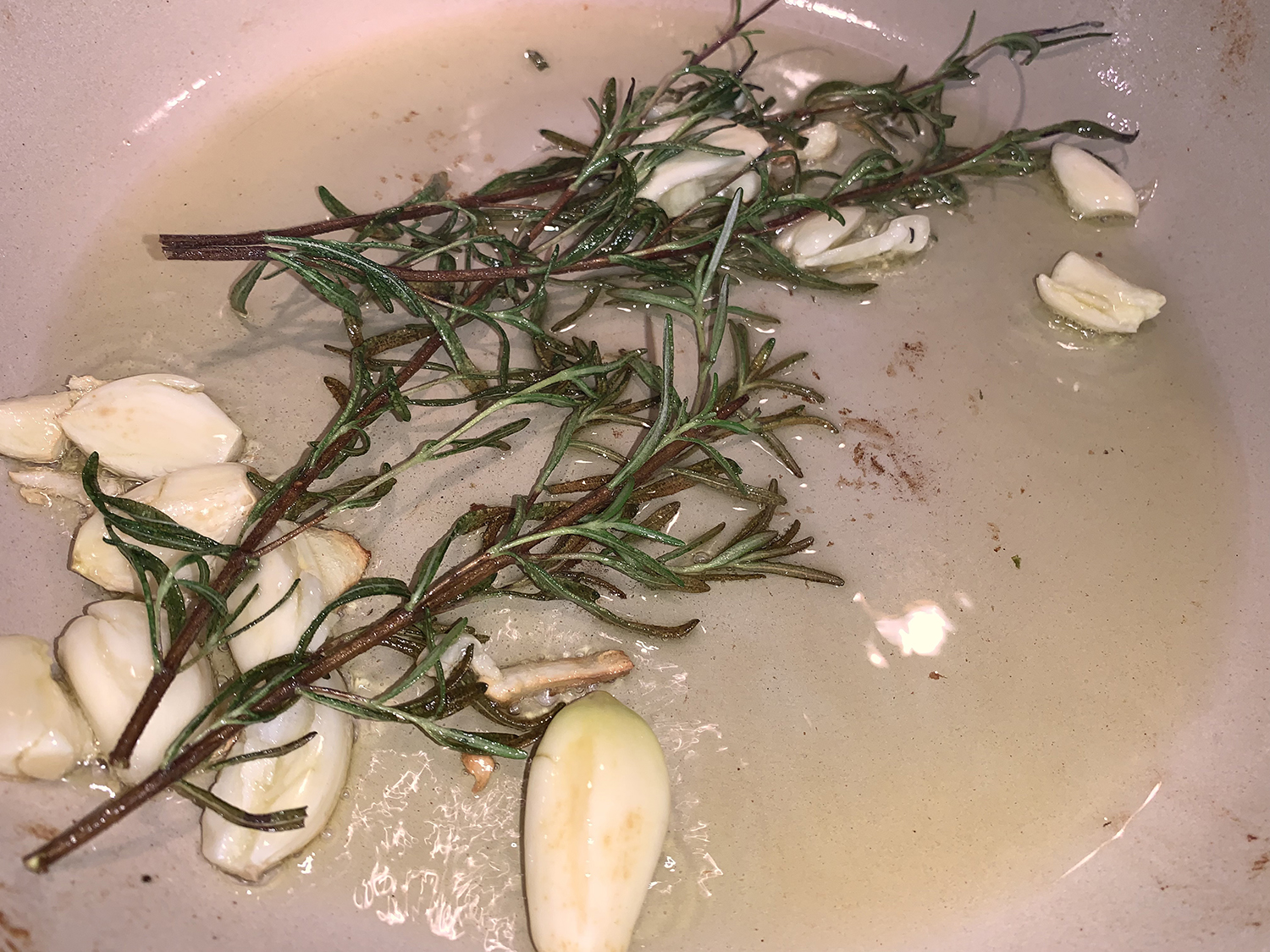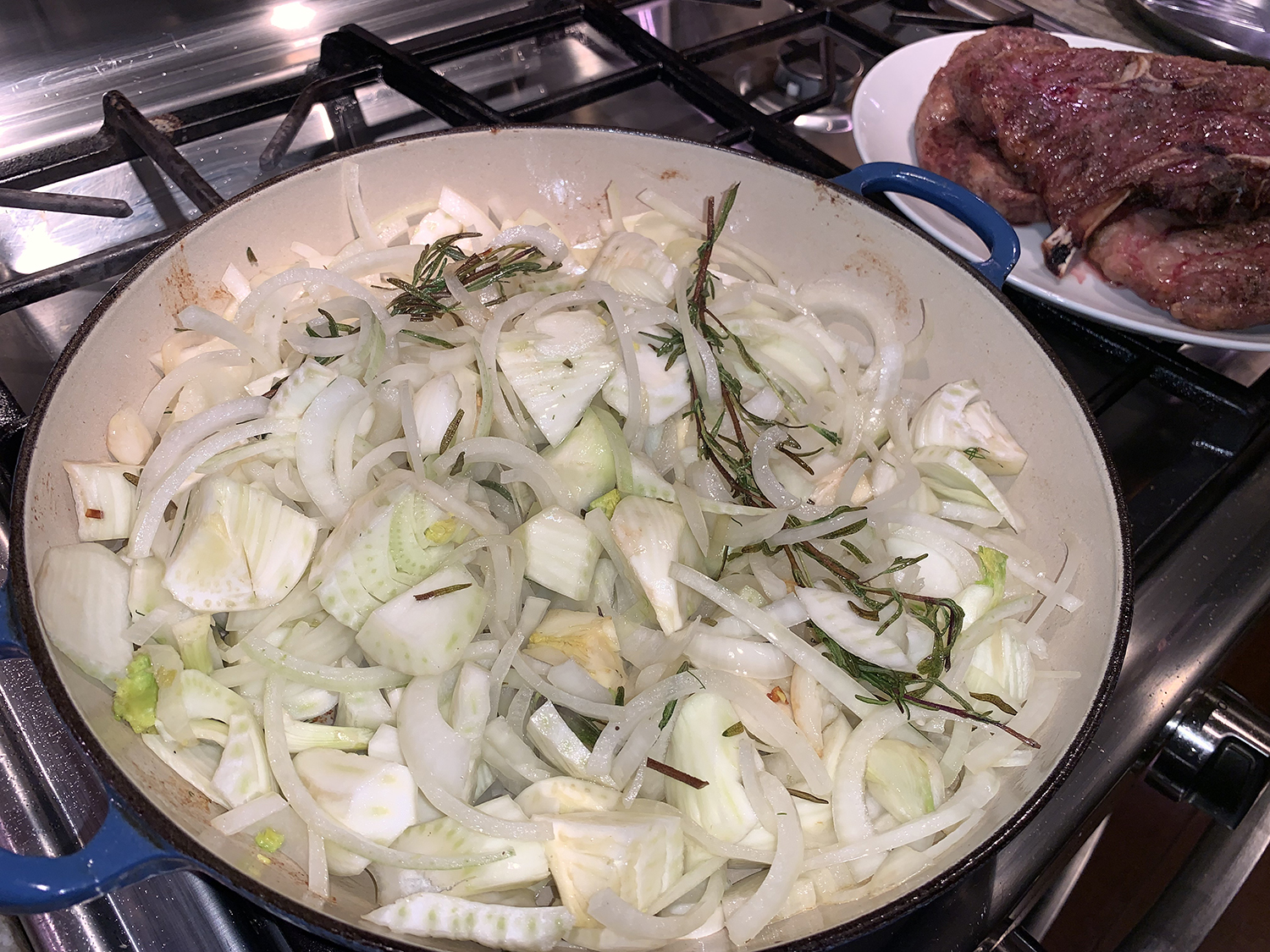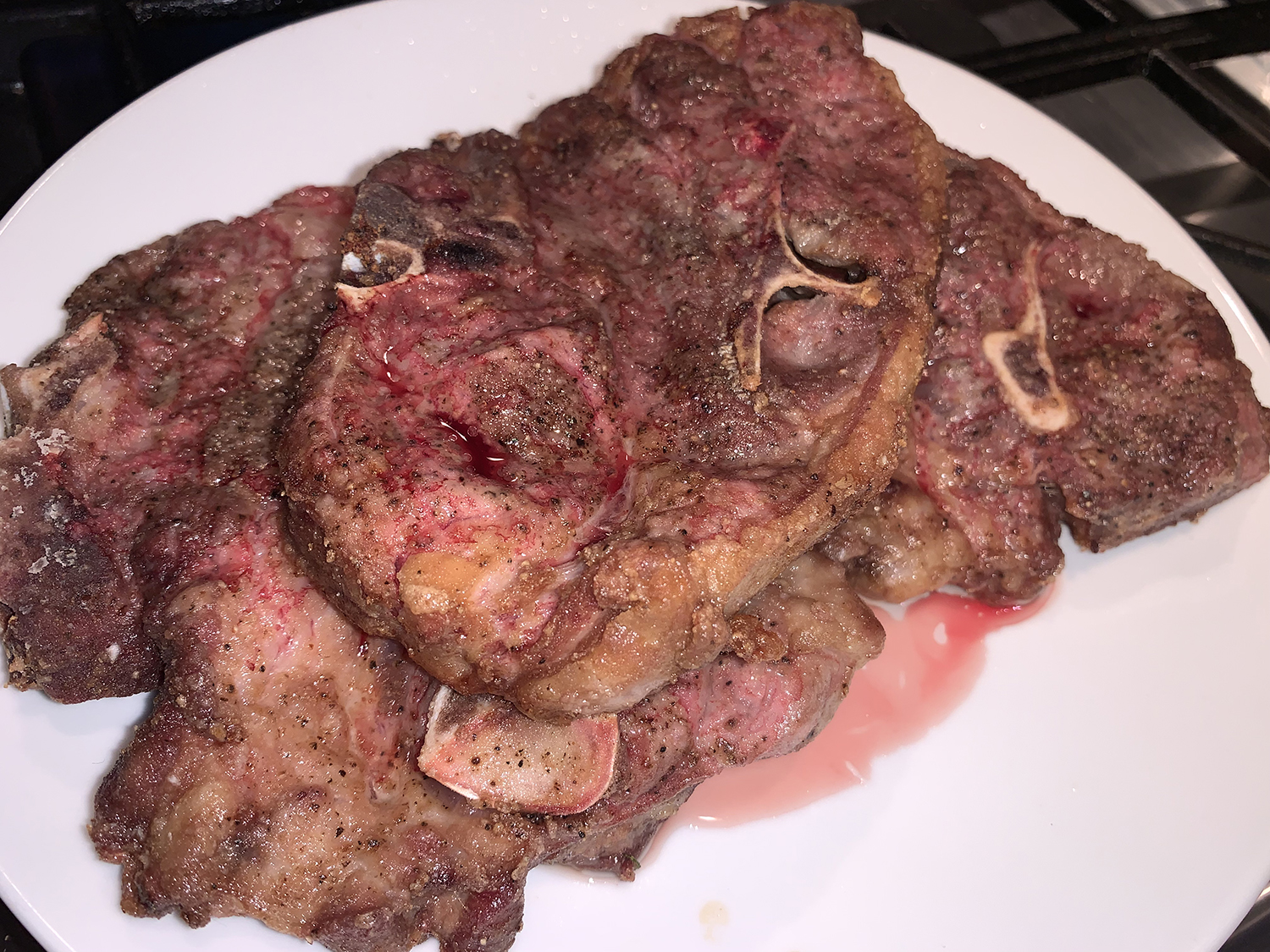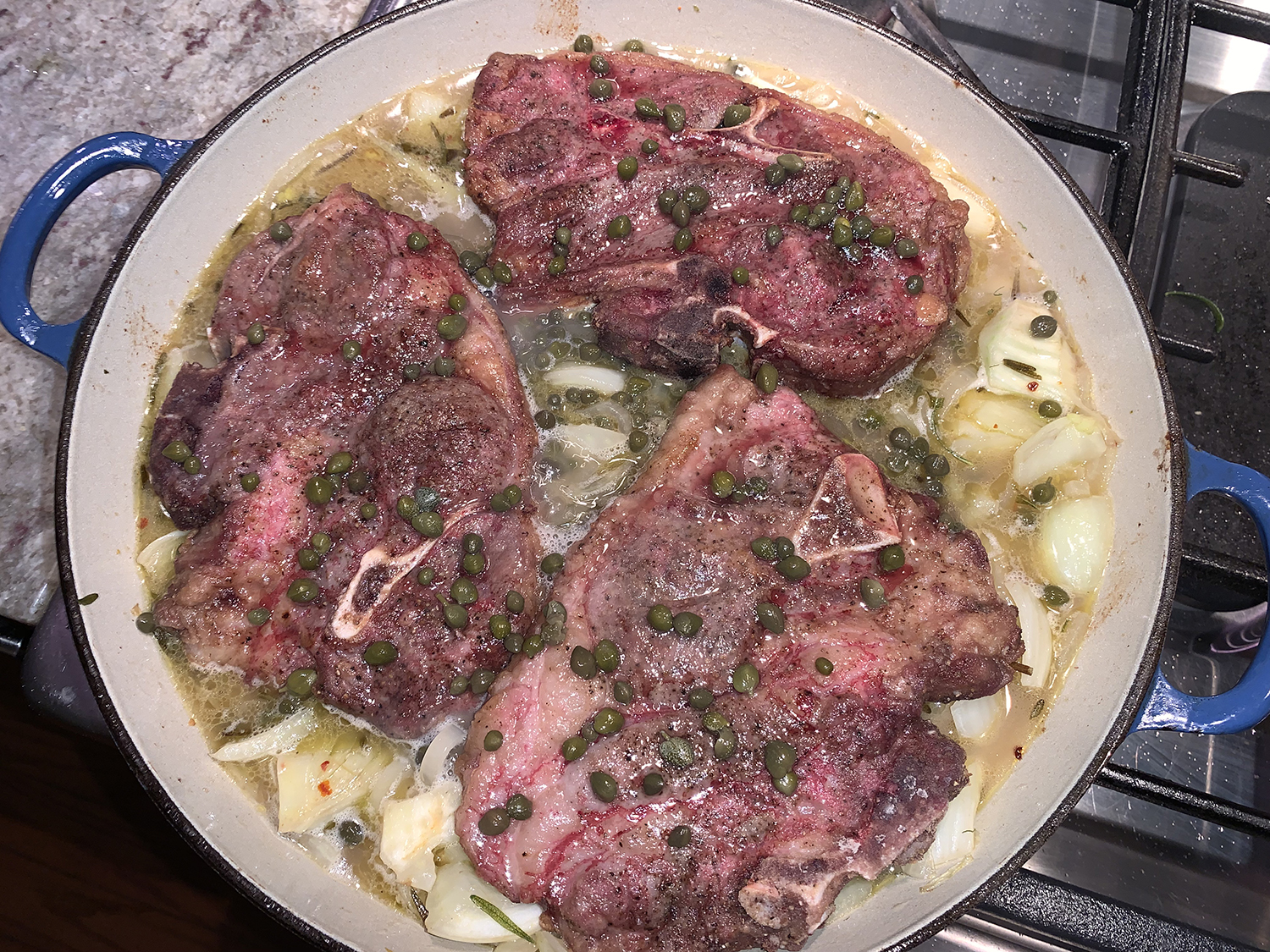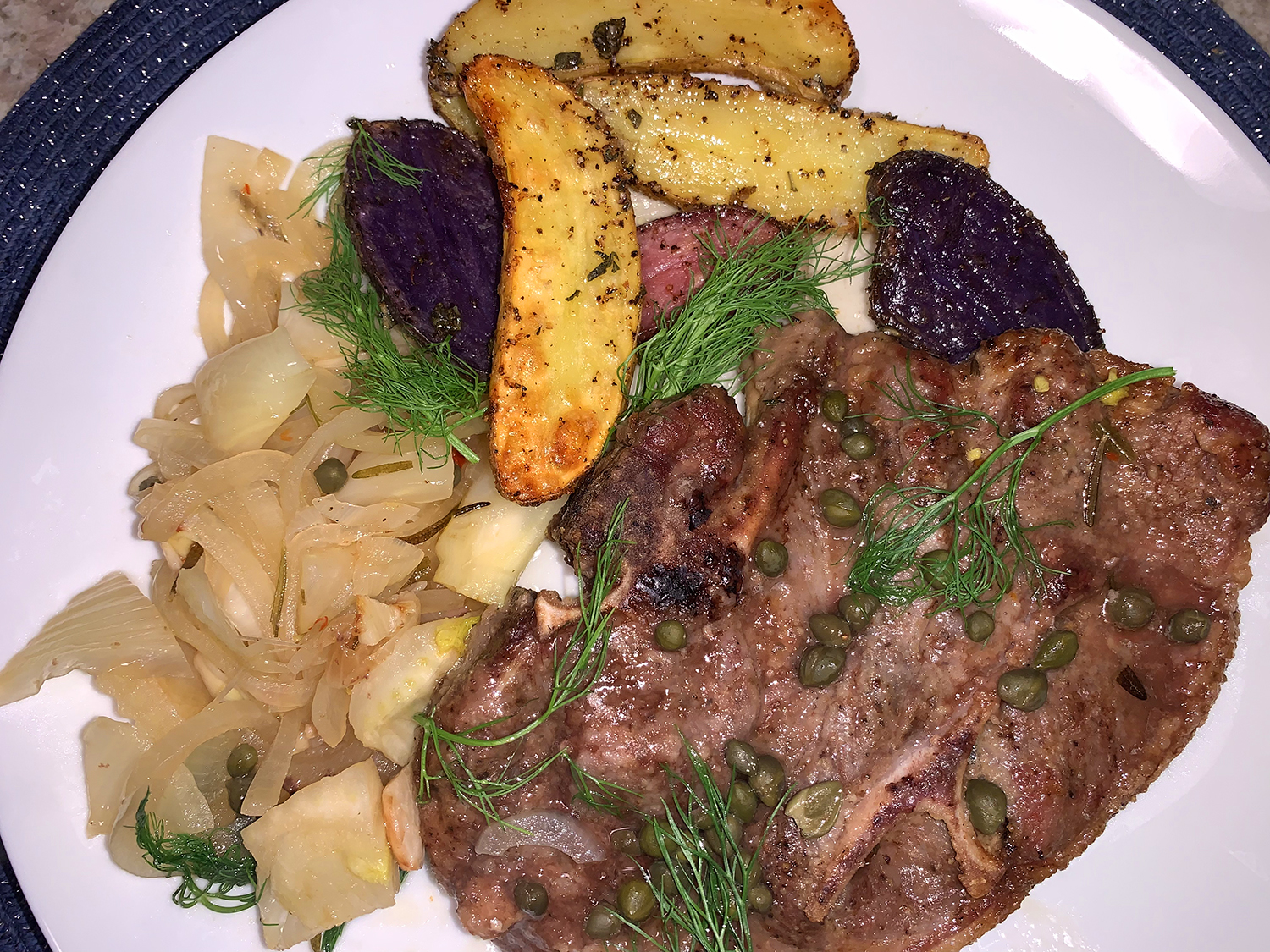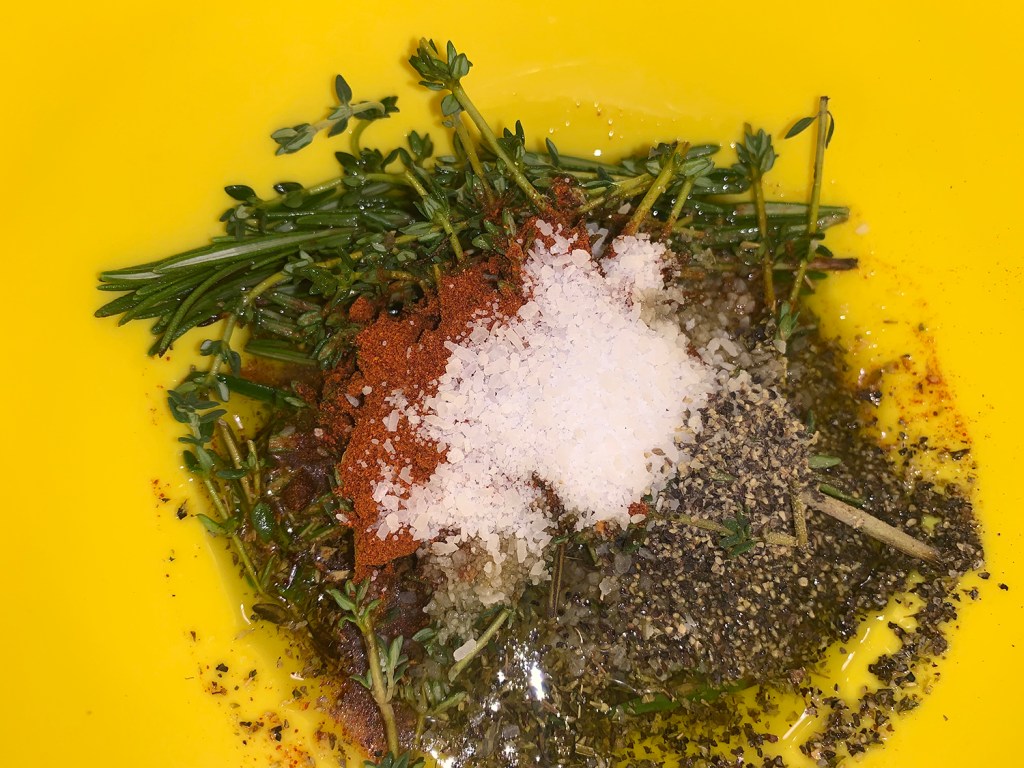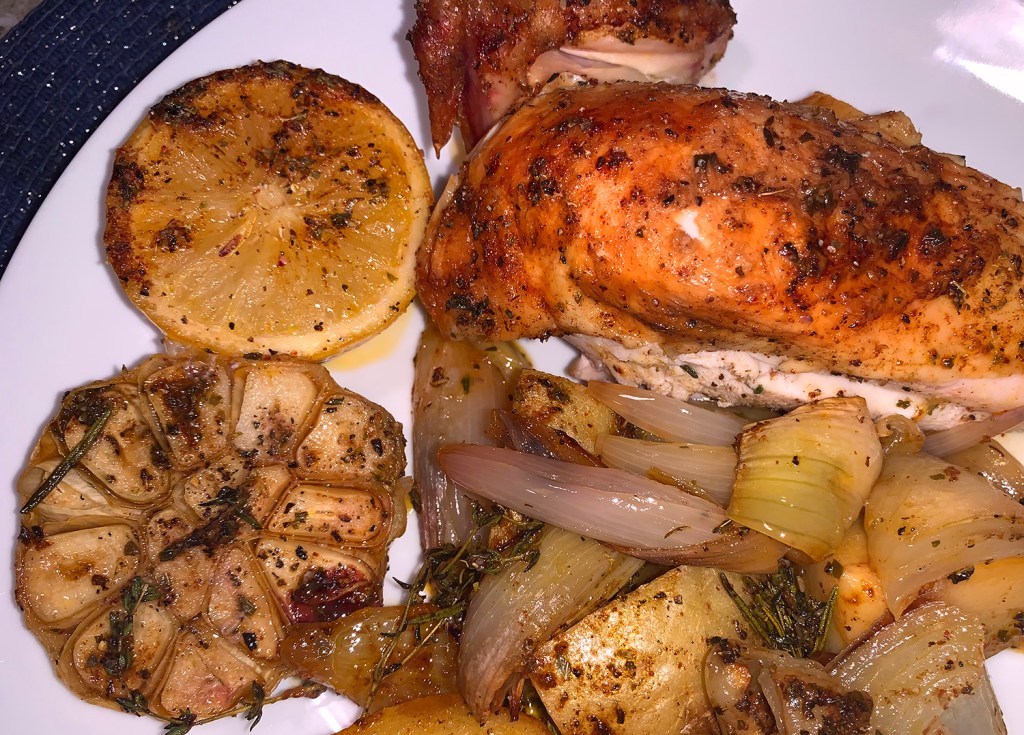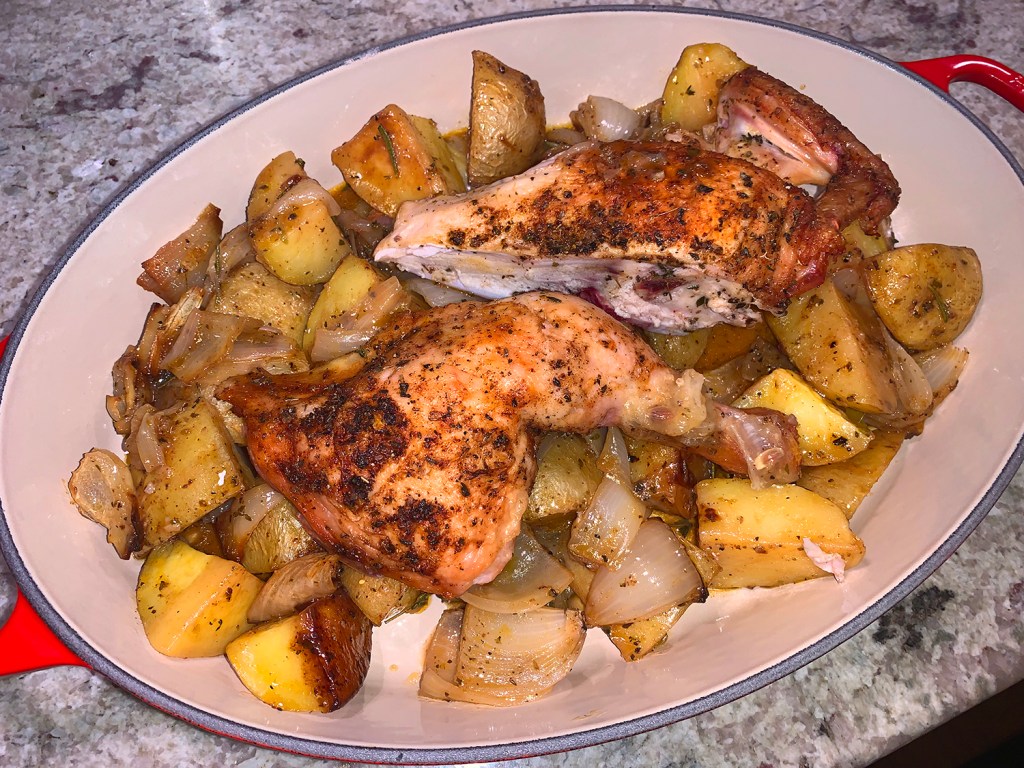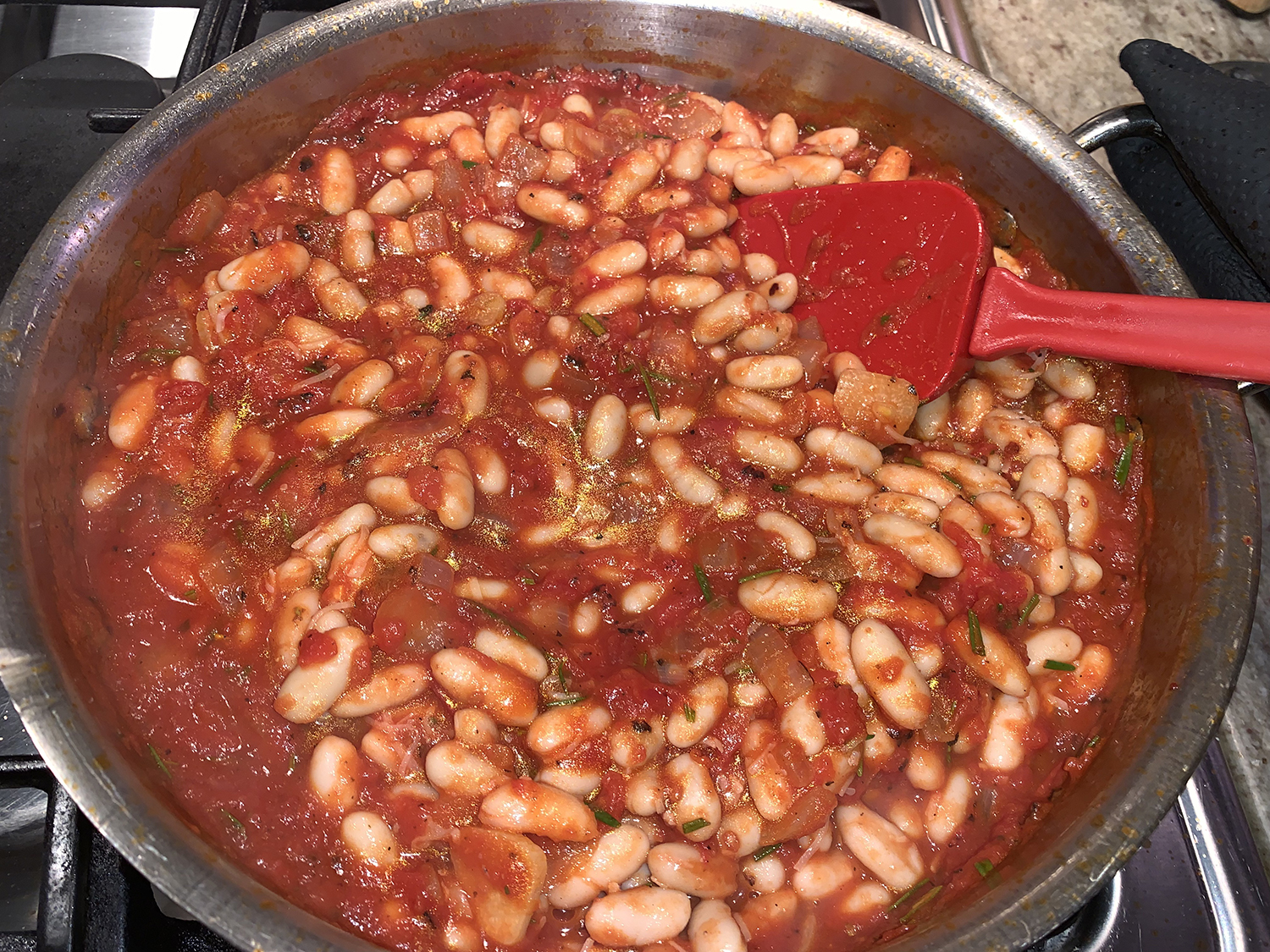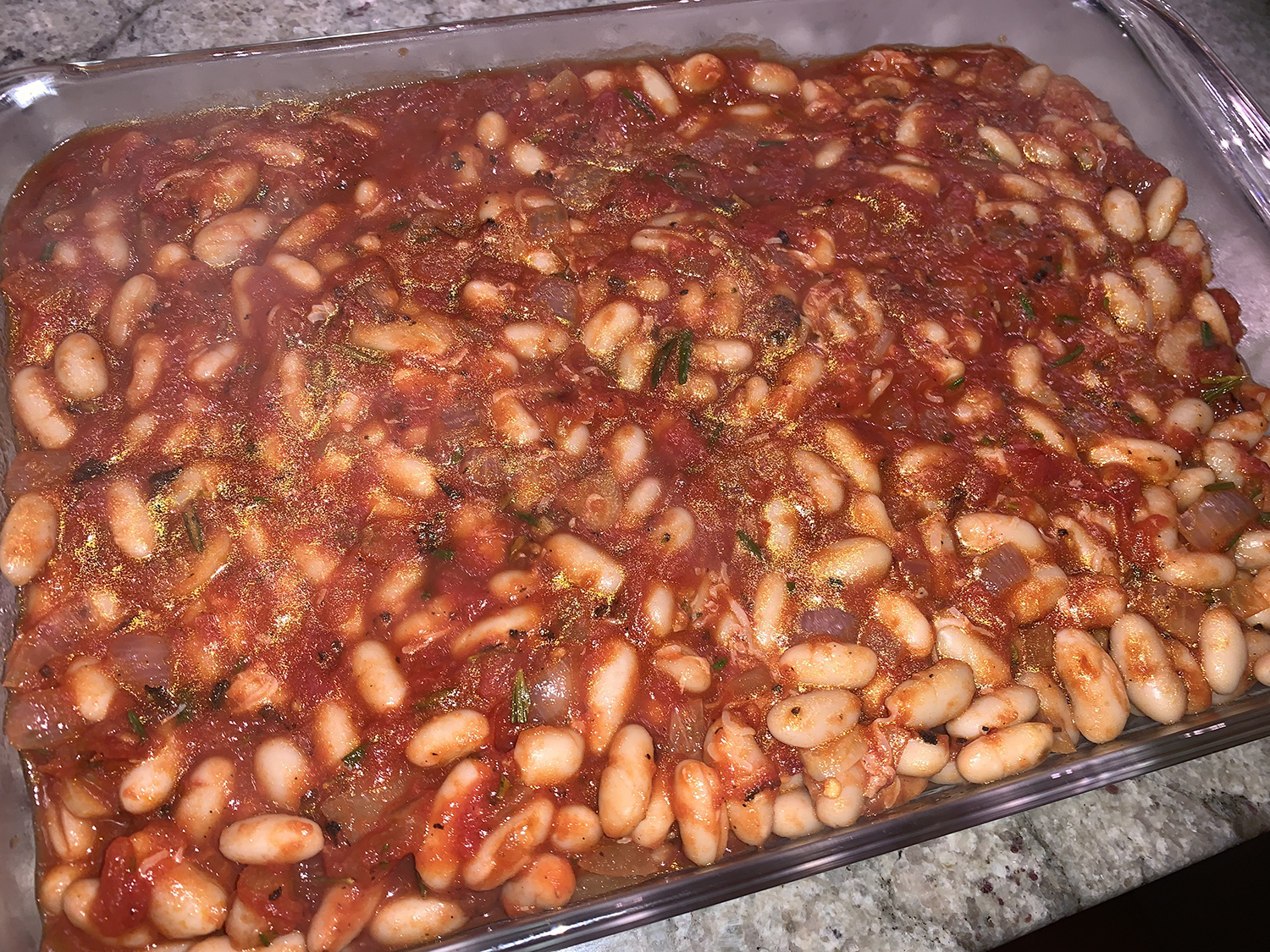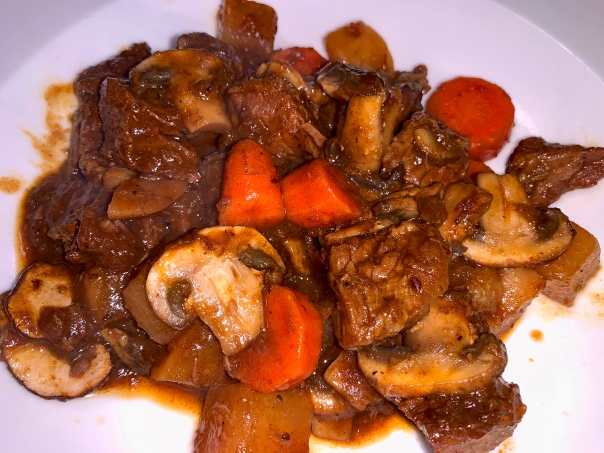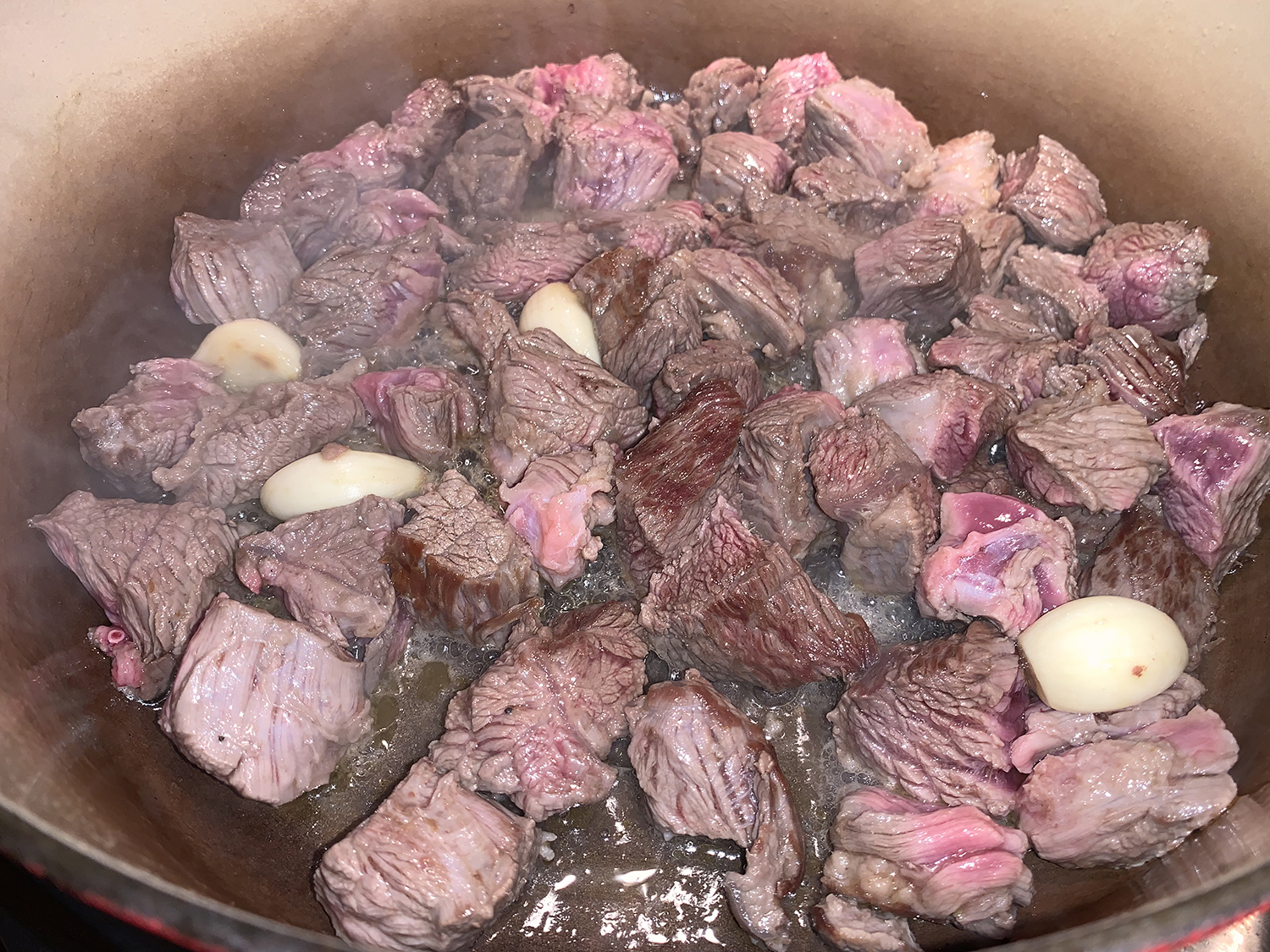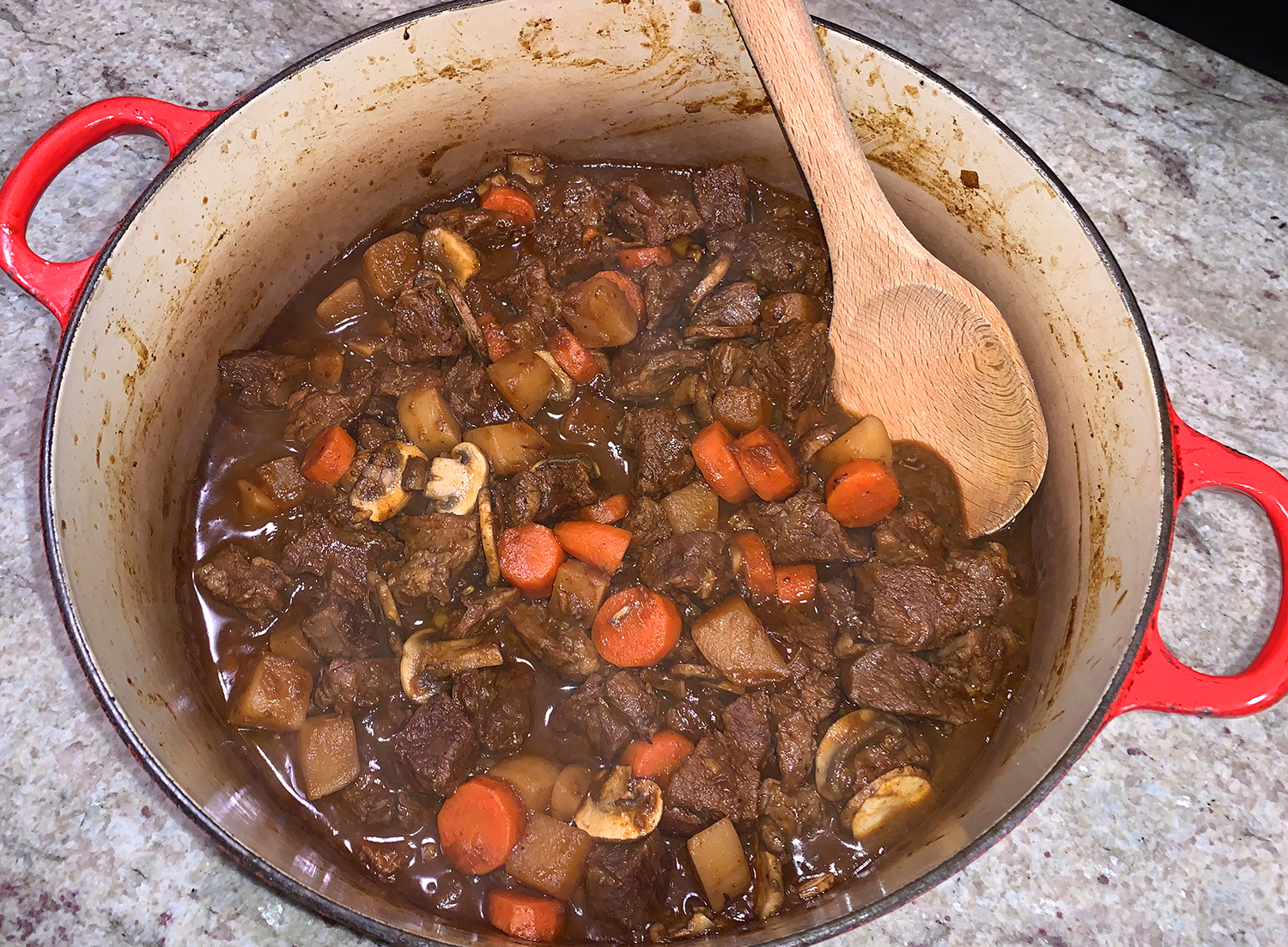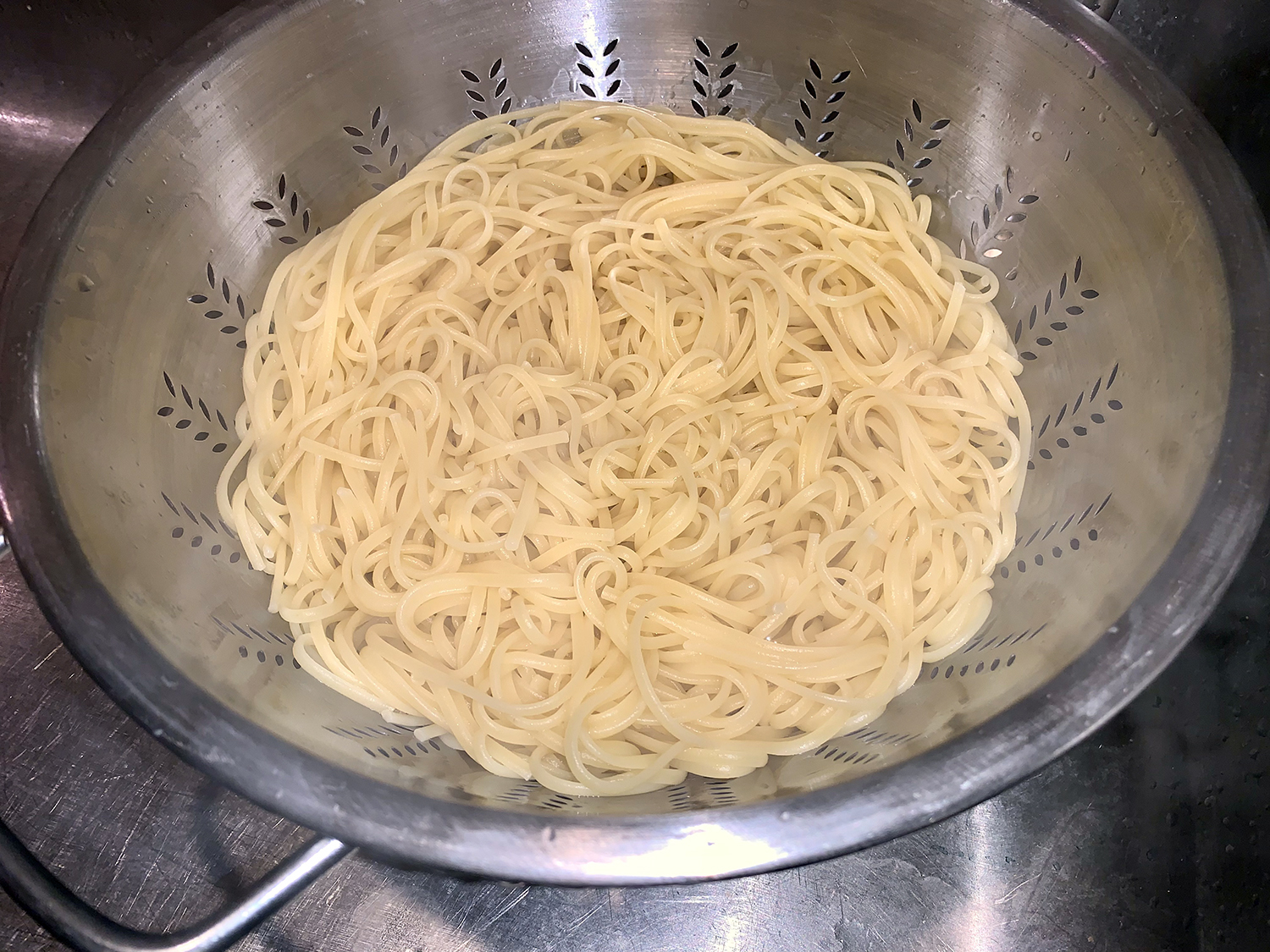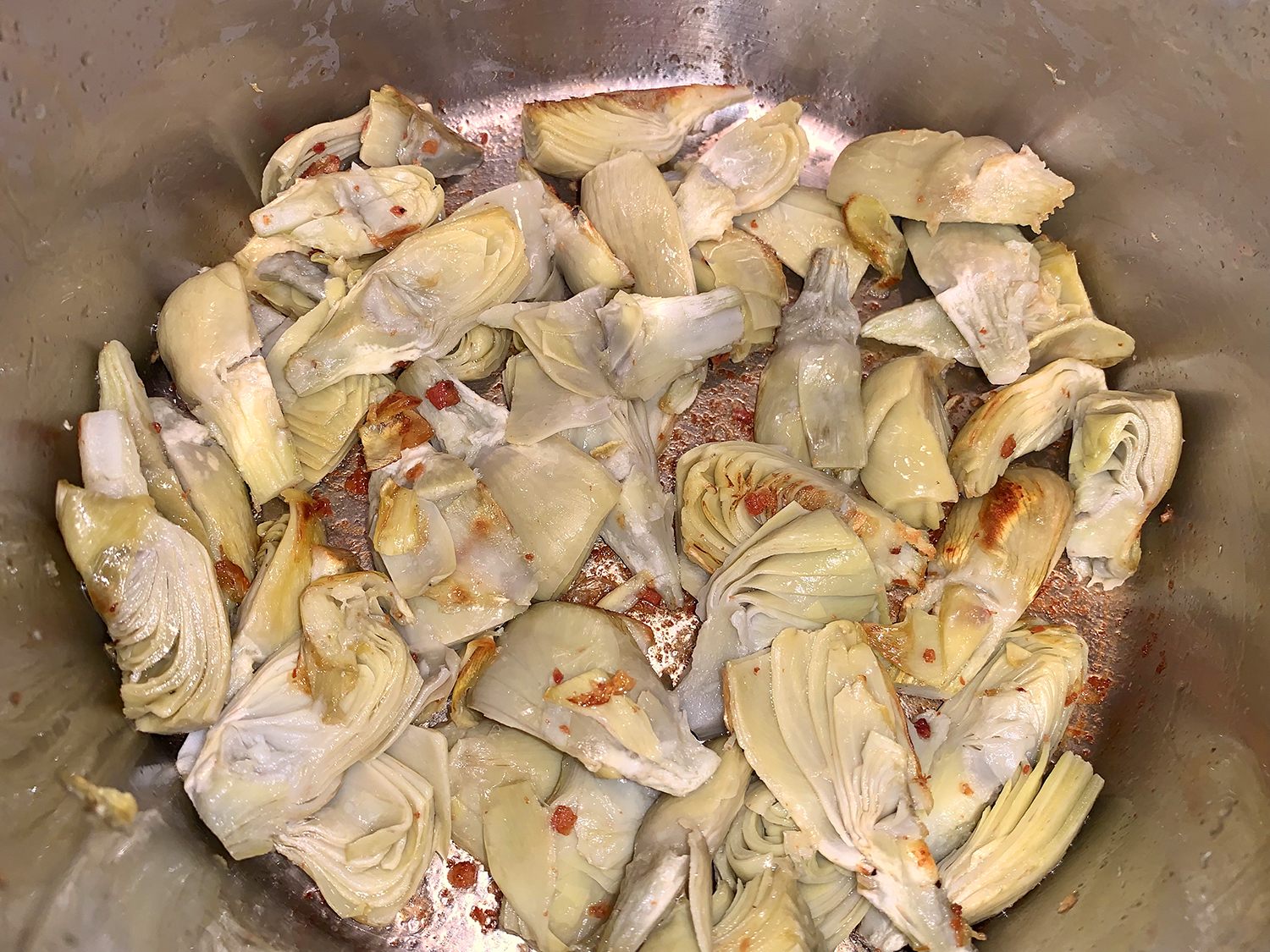Can’t get much simpler than this. Few ingredients, three steps, main dish done. Achieving deeply browned, juicy bone-in pork chops starts with choosing the right chop: Use 1½-inch-thick rib chops, which are thick enough to build up a browned exterior before cooking through.
Start the chops in a cold (not preheated) nonstick skillet (we used our well-seasoned carbon steel skillet) over high heat and flip them every 2 minutes so that the meat’s temperature increases gradually, allowing a crust to build up on the outside without overcooking the interior. Starting the chops in a cold pan helps the meat heat up slowly and evenly, and using a nonstick pan means that no oil is necessary.
If you have time, salt the chops for at least 1 hour or up to 24 hours before cooking: Sprinkle each chop with 1½ teaspoons of Diamond Crystal Kosher Salt (if using Morton, which is denser, use only 1⅛ teaspoons), refrigerate them, and pat them dry with paper towels before cooking. If the pork is enhanced (injected with a salt solution), do not salt the chops ahead. Make sure to include the bones when serving; they’re great for nibbling—it might be a battle as to who of the four diners get them though…
Yes, quite simple. However, every 2 minutes for about 25 minutes, you’ll need to flip the meat. But it resulted in perfectly cooked pork chops without much effort or other ingredients. Our sides included Beer Braised Cabbage and Braised Red Potatoes with Miso and Scallions. Since there was only the two of us, the chops were served whole—but there was plenty of leftovers for another meal.




Pan-Seared Thick-Cut Bone-In Pork Chops
Ingredients
- 2 (14- to 16-oz.) bone-in pork rib chops, 1½ inches thick, trimmed
- 1 Tbsp. Kosher salt
- ½ tsp. pepper
Directions
- Pat chops dry with paper towels and sprinkle both sides with pepper. Place chops 1 inch apart in cold 12-inch nonstick or carbon-steel skillet, arranging so narrow part of 1 chop is opposite wider part of second. Place skillet over high heat and cook chops for 2 minutes. Flip chops and cook on second side for 2 minutes. (Neither side of chops will be browned at this point.)
- Flip chops; reduce heat to medium; and continue to cook, flipping chops every 2 minutes, until exterior is well browned and meat registers 140 degrees, 10 to 15 minutes longer. (Chops should be sizzling; if not, increase heat slightly. Reduce heat if skillet starts to smoke.)
- Transfer chops to carving board and let rest for 5 minutes. Carve meat from bone and slice ½ inch thick. (When carving chops, meat at tapered end near bone may retain slightly pink hue despite being cooked.) Season meat with coarse or flake sea salt to taste. Serve with bones.
Recipe from Cook’s Illustrated




